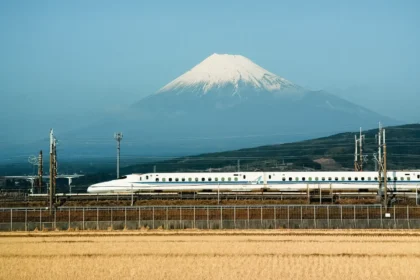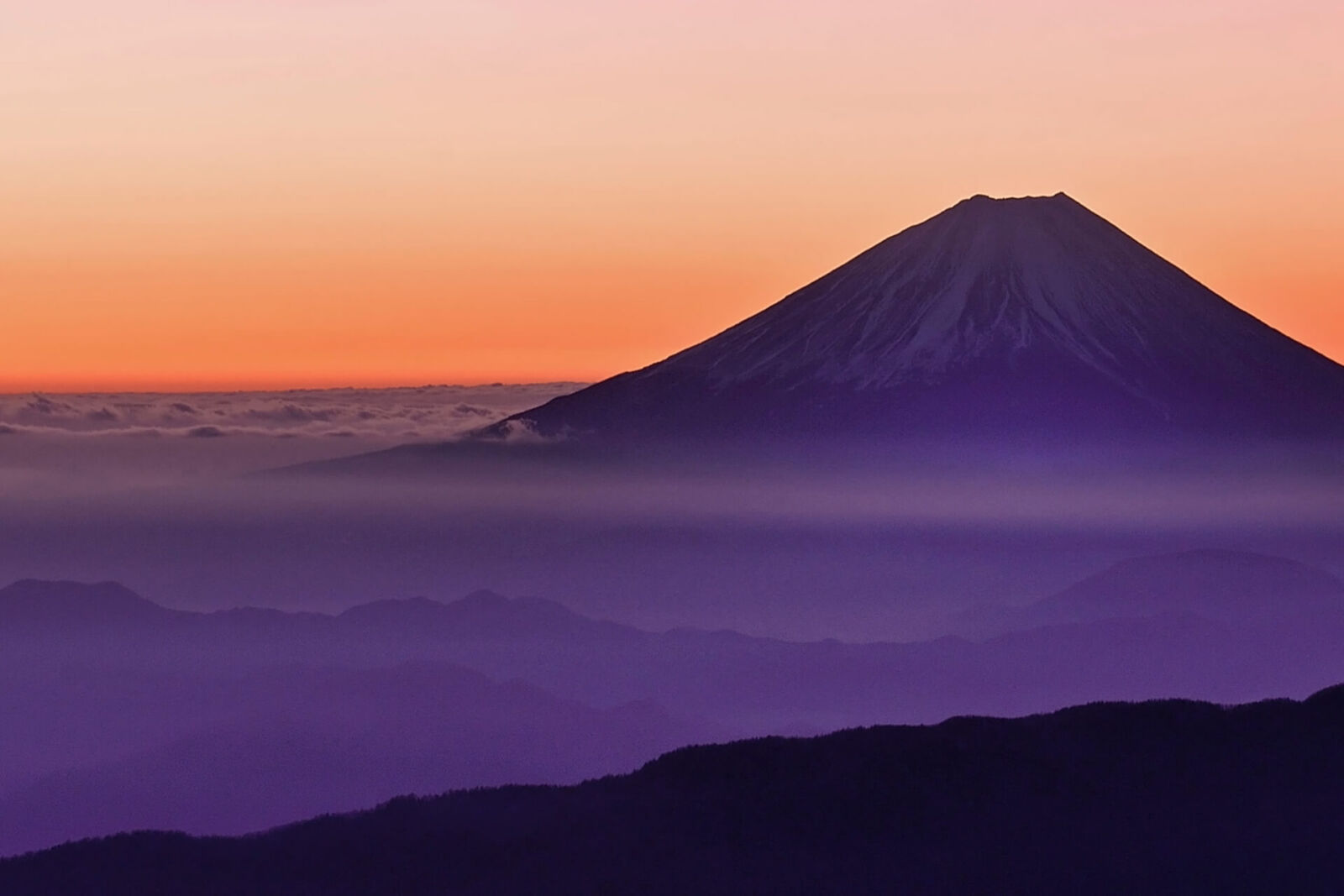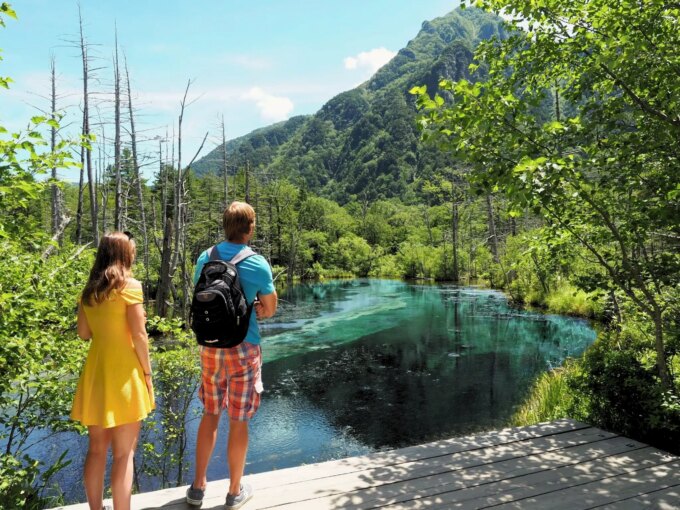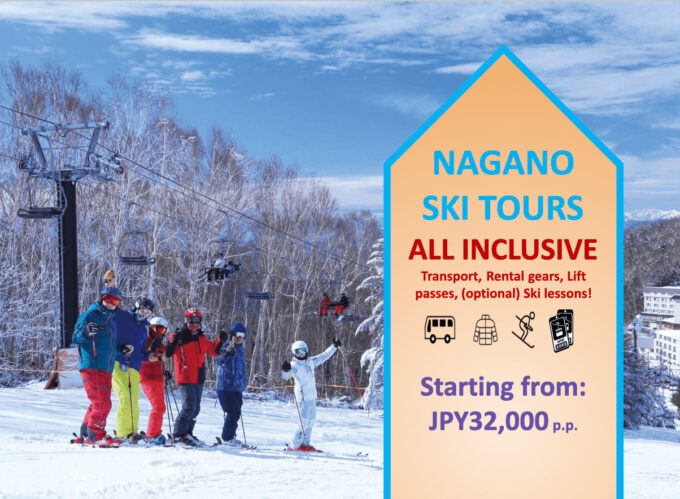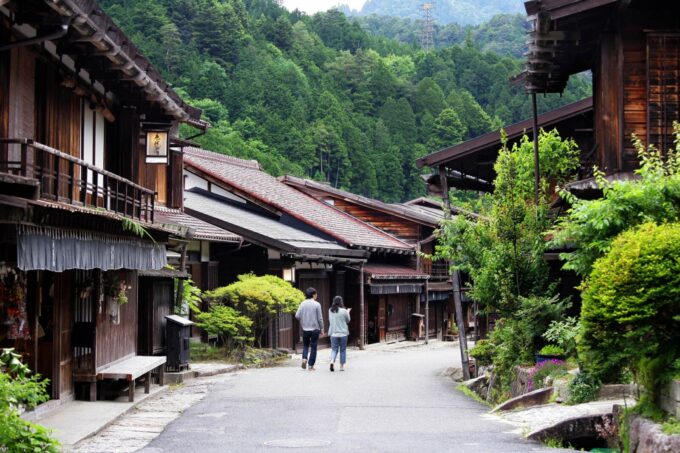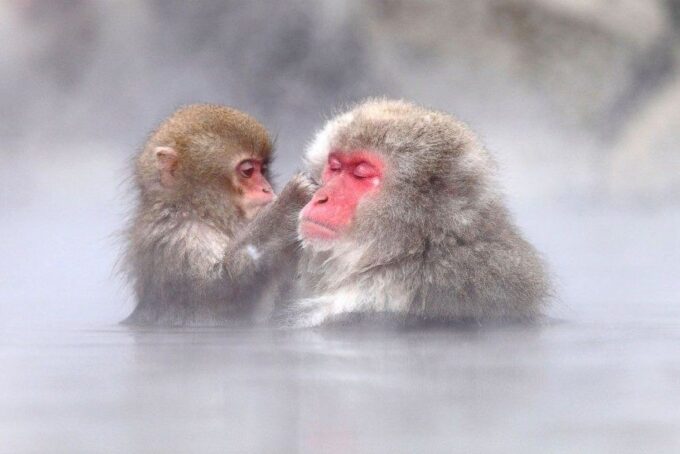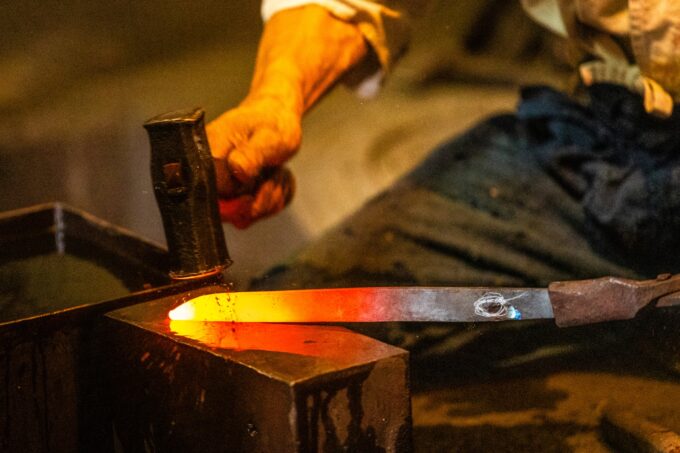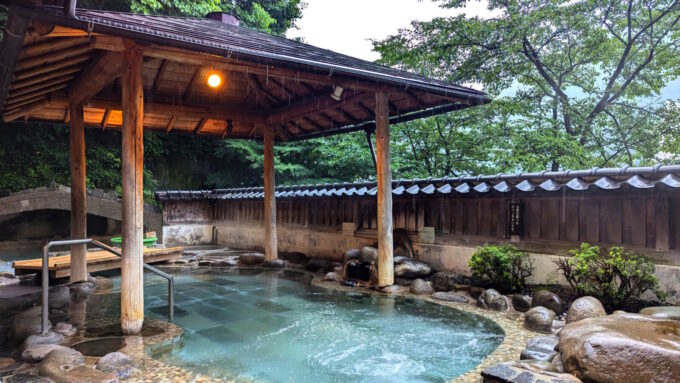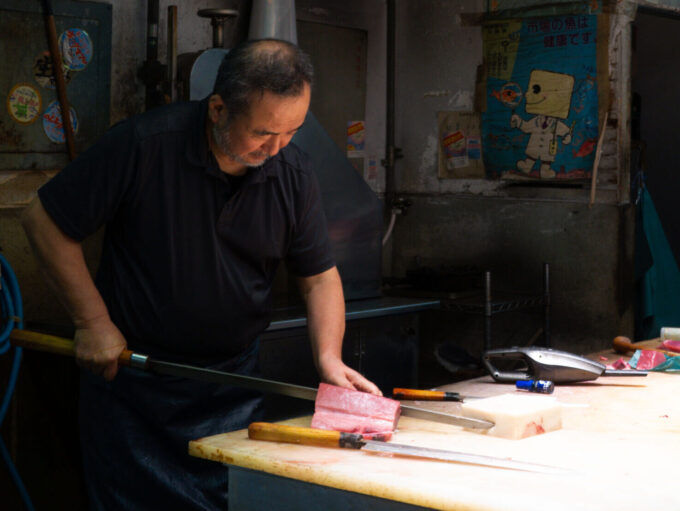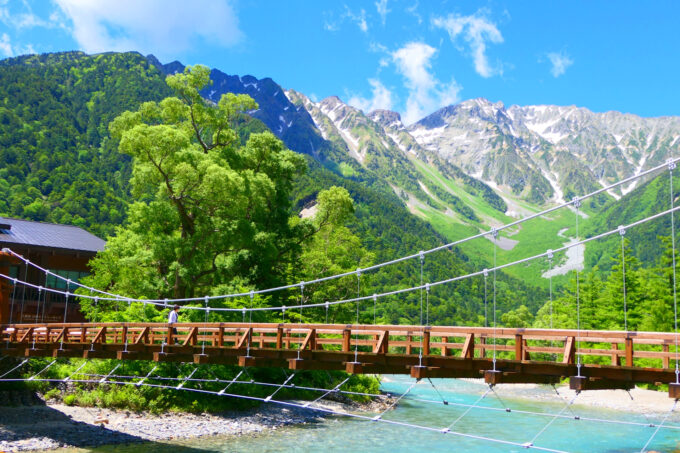Central Japan is an enchanting region where nature, tradition, and hospitality come together, offering travelers a genuine immersion into Japanese culture. Away from the bustling metropolises, it’s a place that unveils itself through majestic mountains, healing hot springs, and quiet, historic towns. This is the heart of Japan’s heritage and natural beauty, inviting those who wish to discover not just sights, but stories woven over centuries. There is much to be discovered in this unique region of Japan, but here are 10 of our favorite experiences waiting to be uncovered by the curious traveler.
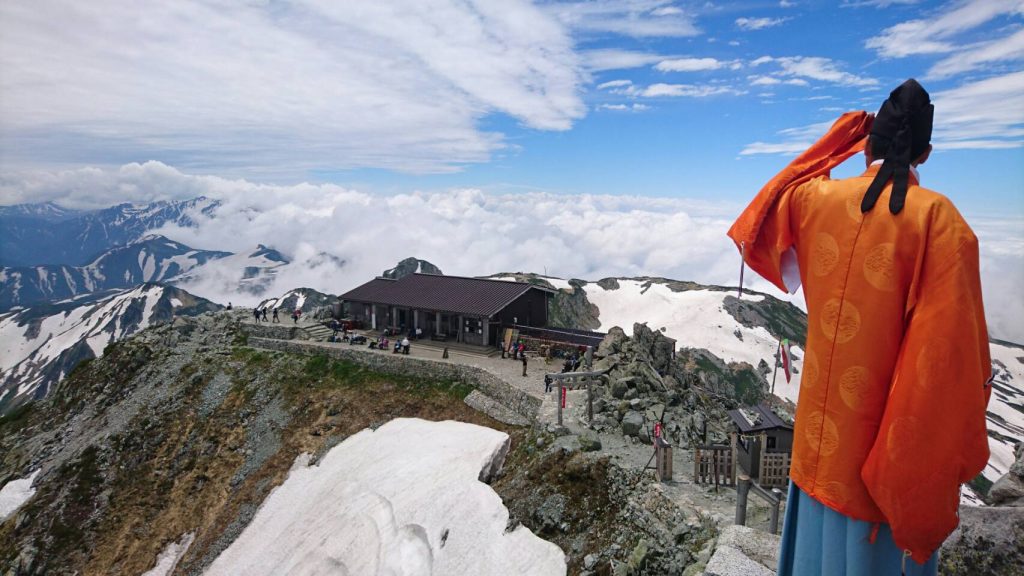
Here are 10 things waiting to be discovered when you visit:
2. World-Class Skiing and Snowboarding
4. Unique Wildlife Experiences
5. Ancient Temples, Shrines, and Historic Towns
6. Healing & Relaxation in its Famous Hot Spring Towns
8. Indulgent Seafood & Coastal Markets
9. The Seasonal Beauty of its Forests
10. A Place of Tradition, Comfort & Calm
Japan’s Tallest Mountains
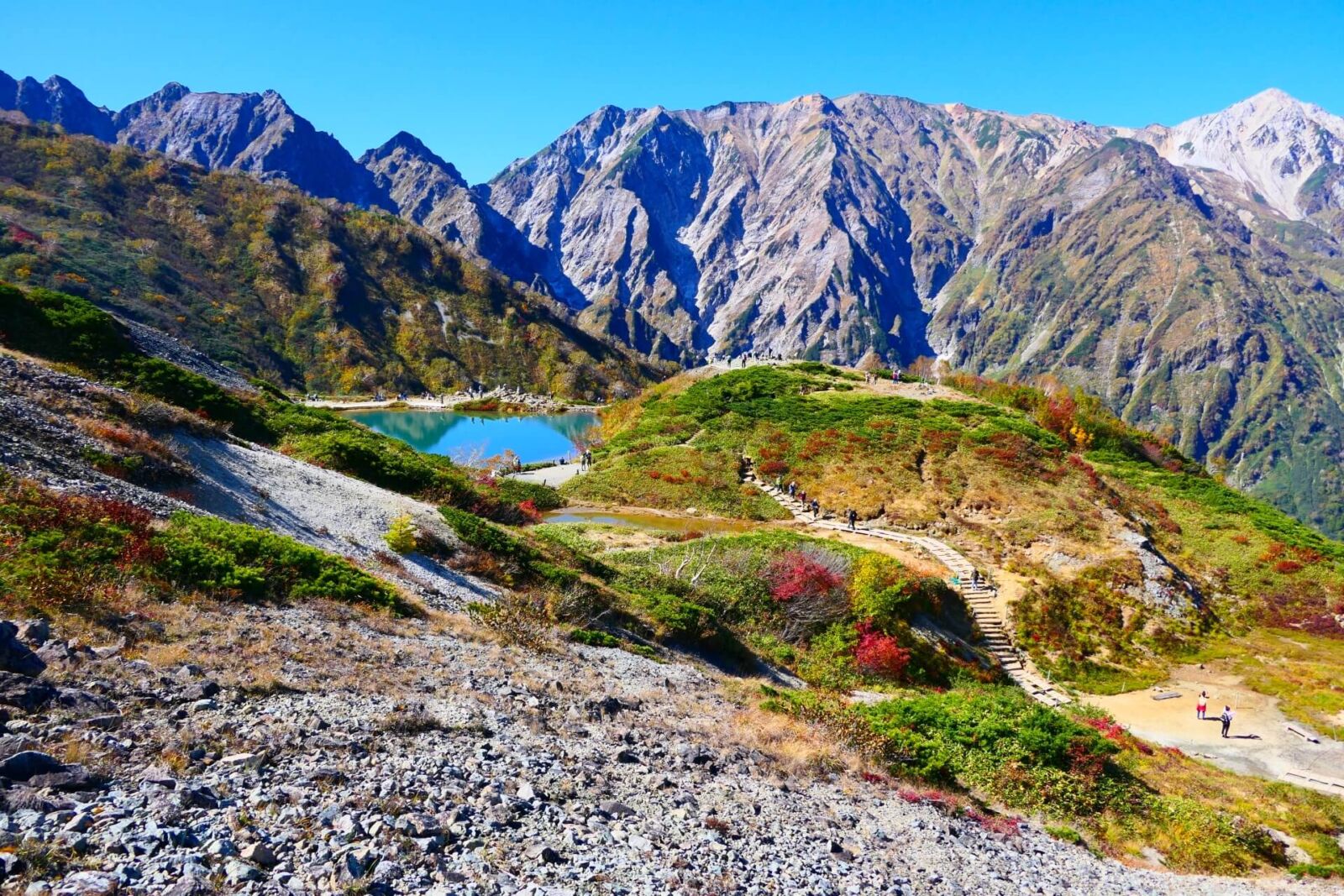
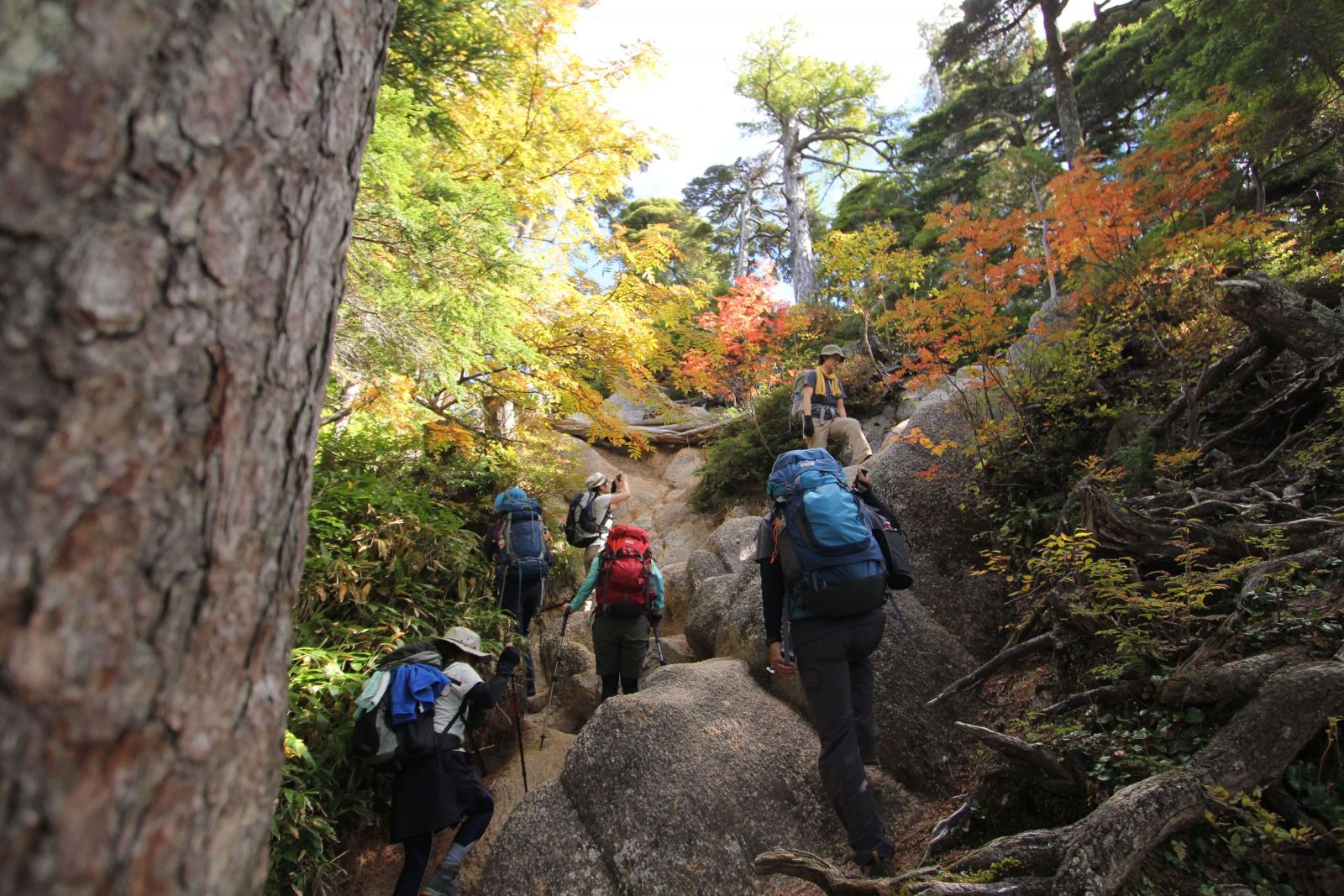
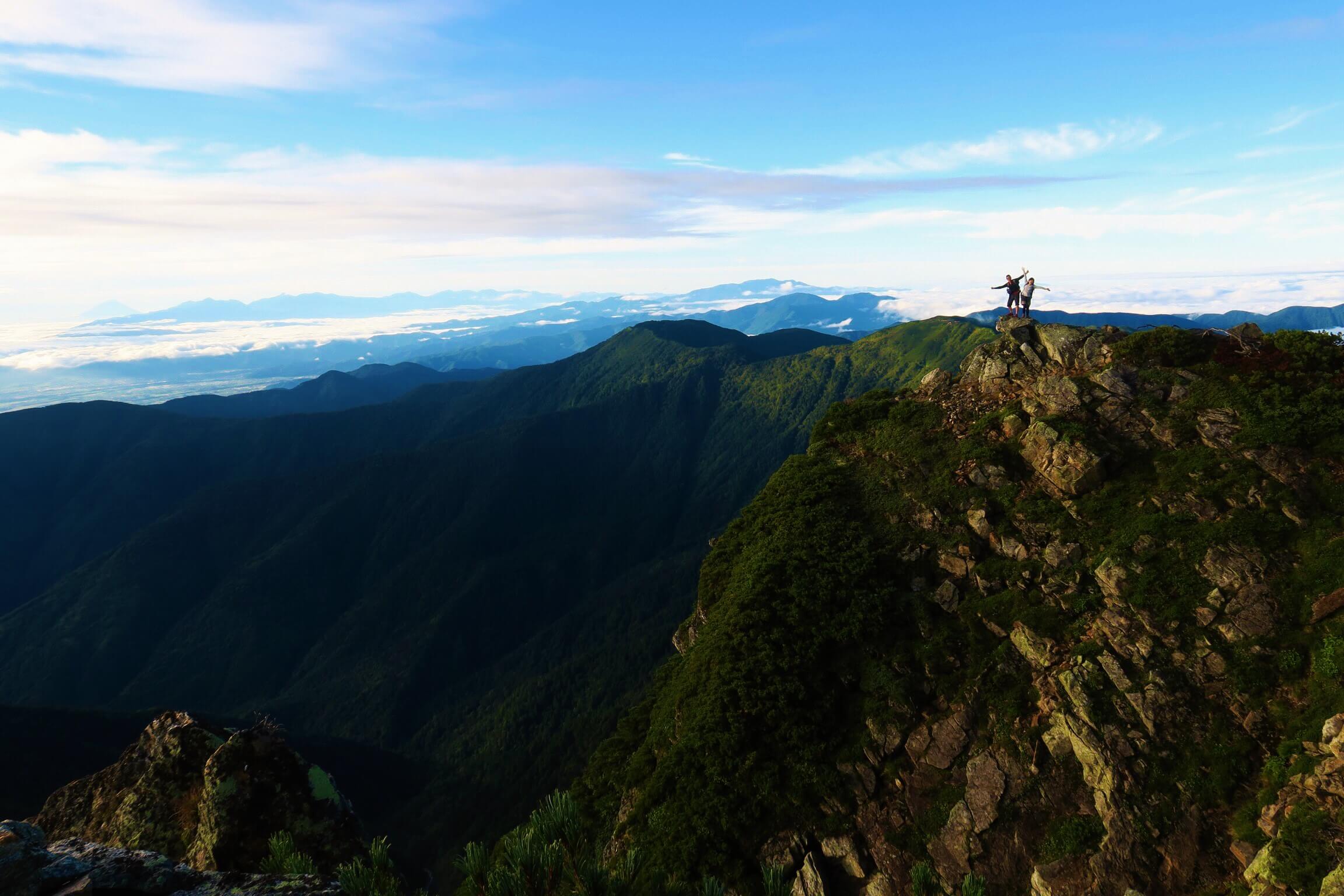
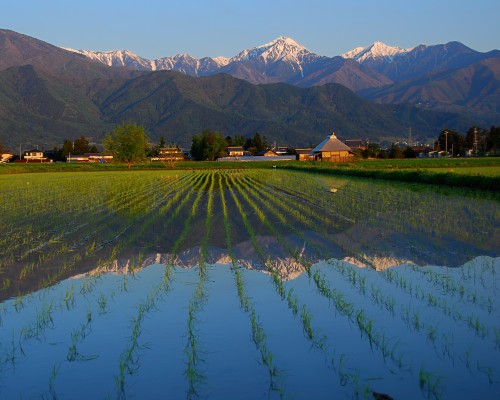
The Japanese Alps form the backbone of Central Japan, boasting Japan’s tallest and most celebrated mountains, including Mount Hotaka and Mount Tateyama. These peaks tower above 3,000 meters, attracting mountaineers and sightseers alike.
The region boasts 20 of the country’s 22 mountains over 3000 meters in height and includes Japan’s three sacred mountains – Fuji, Tate and Haku.
Hiking trails here vary in difficulty, so whether you’re a seasoned mountaineer or a casual trekker, there’s something for everyone. Each mountain holds a different experience, with routes that take you past shrines, pristine rivers, and high-altitude lakes, allowing you to connect with Japan’s natural wonders.
Popular
1-Day Tour from Nagano and Matsumoto: Kamikochi & Matsumoto Castle
- Spots:
- NaganoMatsumotoKamikochi
- Pick-up:
- Nagano CityMatsumoto
- Drop-off:
- Nagano CityMatsumoto
World-Class Skiing and Snowboarding
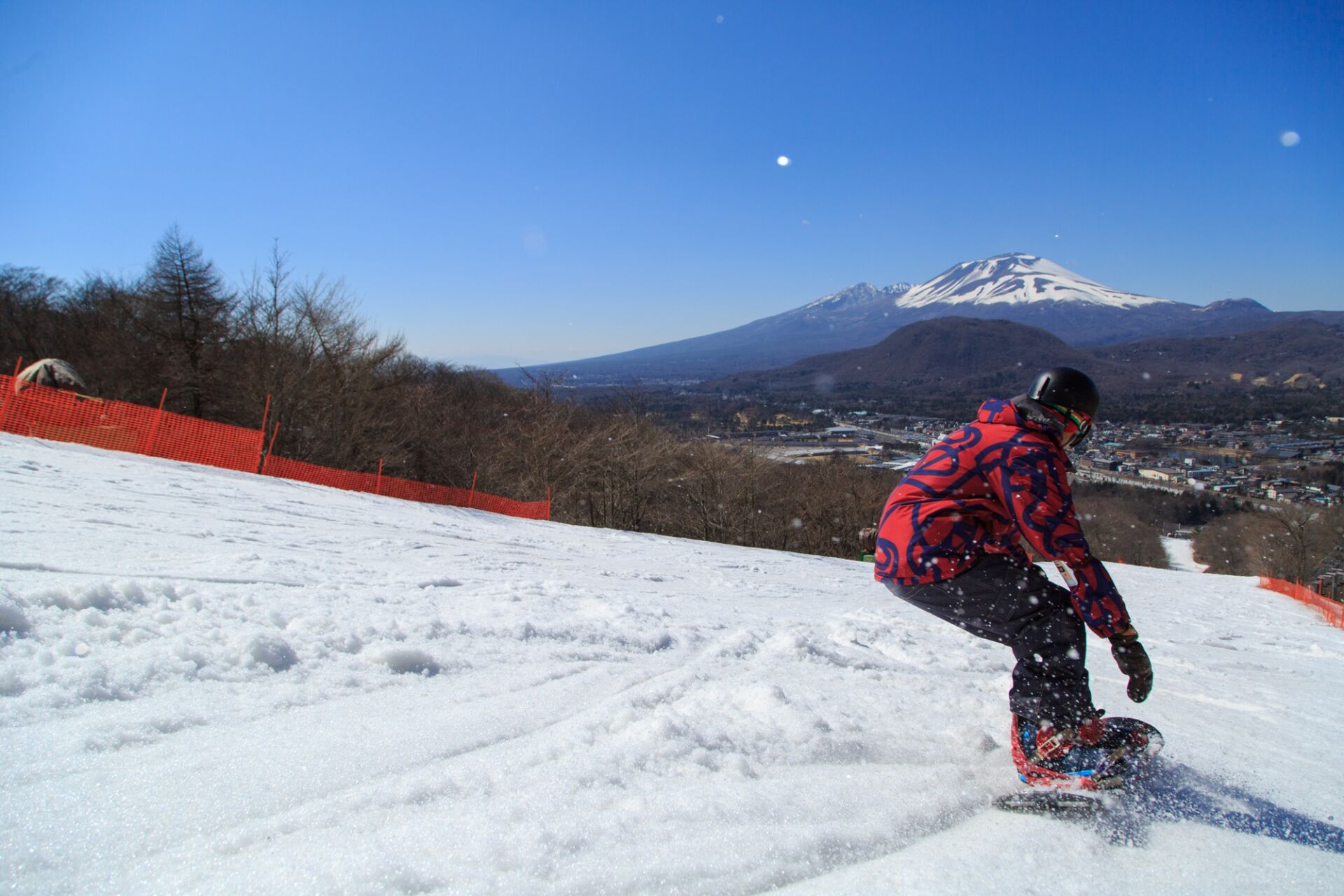
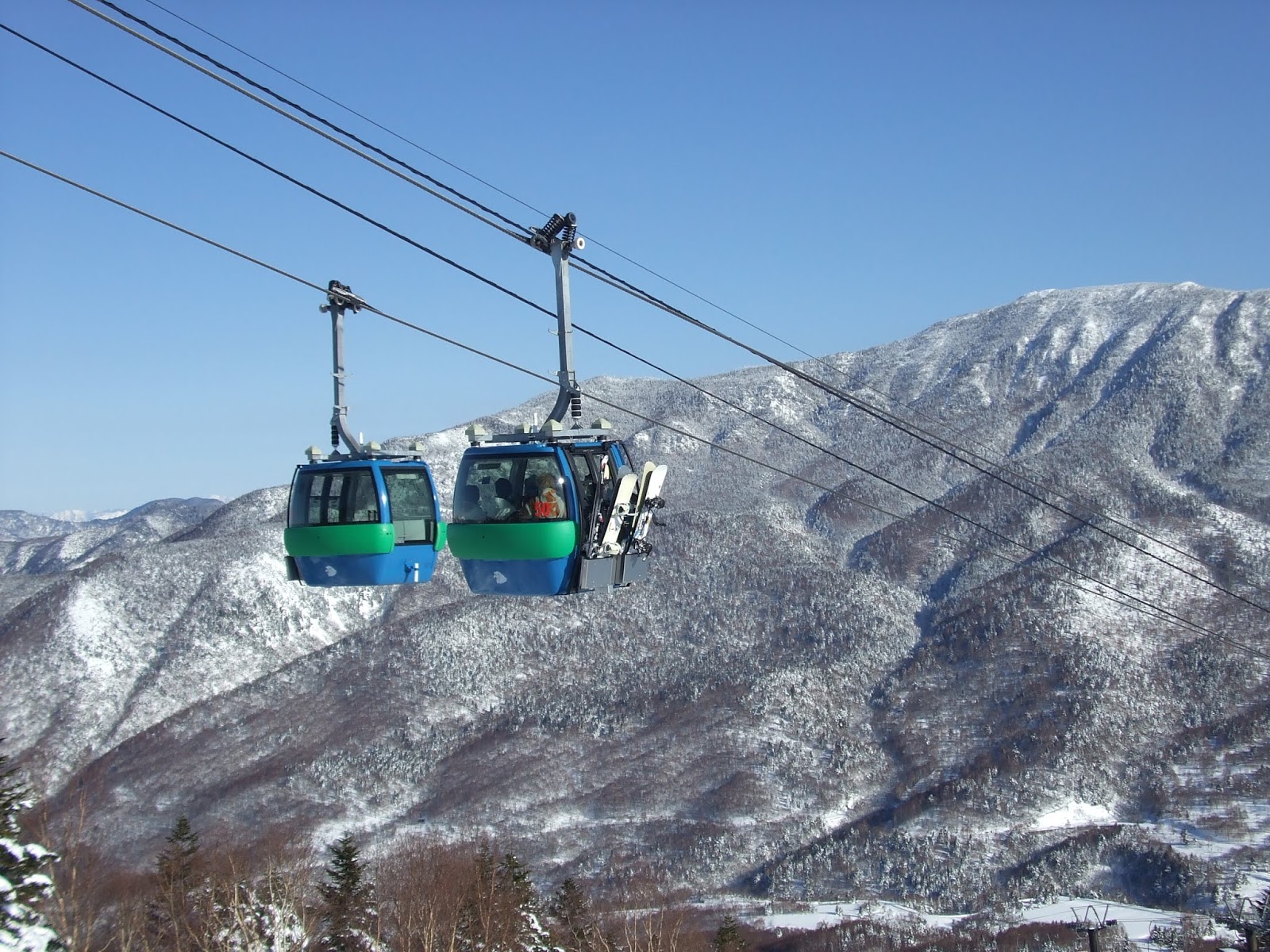
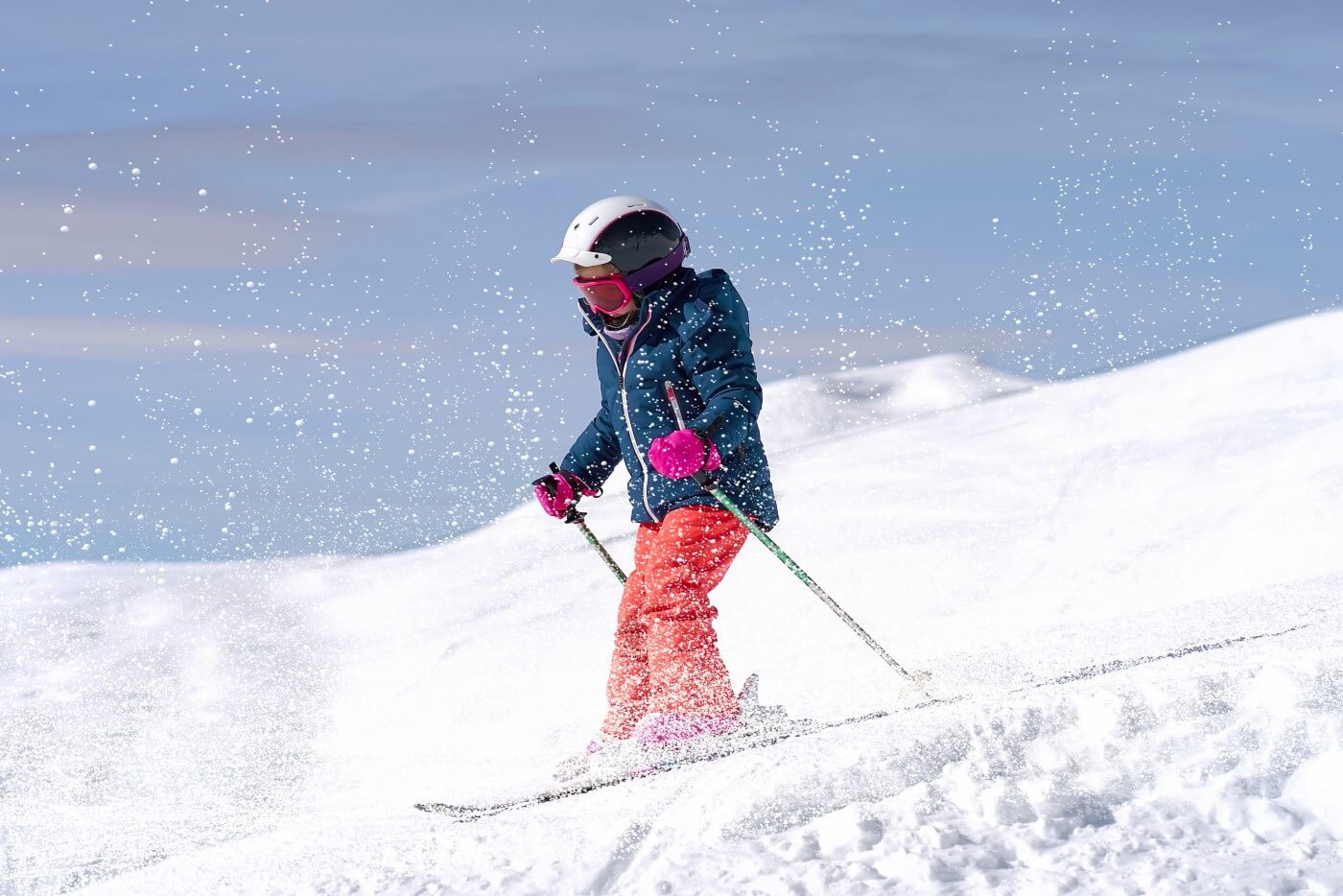
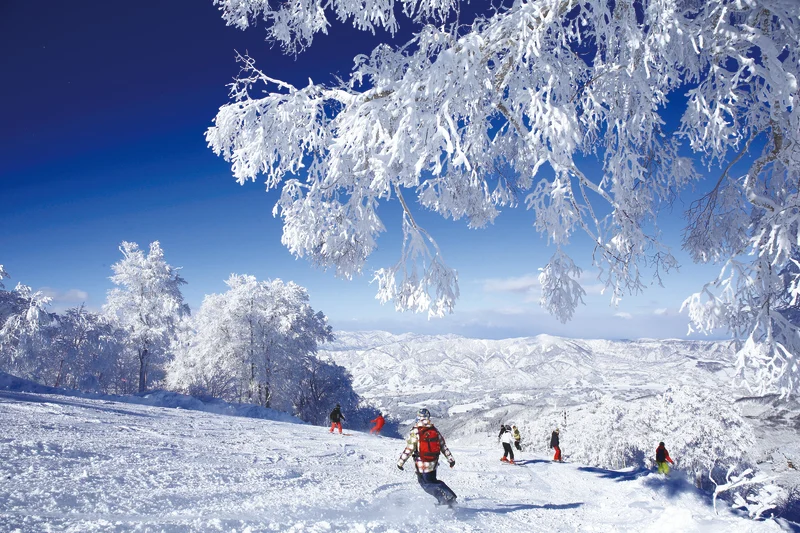
Central Japan is home to some of the country’s best ski resorts, making it a must-visit destination for winter sports enthusiasts. Resorts like Hakuba Valley, Myoko Kogen, and Shiga Kogen attract skiers and snowboarders from around the world with their powdery snow, diverse terrain, and incredible scenery.
Nagano alone is home to around 80 ski resorts with many more spread through the bordering prefectures that make-up Central Japan. Hakuba, known for its large resorts and Olympic legacy, offers vast slopes that cater to all skill levels, while Shiga Kogen’s high altitude ensures a long season with reliable snowfall.
For those looking to add something extra to their winter experience, try skiing under the stars at night or exploring some of the more secluded and lesser-known resorts in the region. These quieter spots offer a more intimate encounter with nature, where it’s just you, the mountain, and endless powder. Central Japan’s ski resorts have become increasingly popular in recent years, but they remain less crowded than those near Tokyo, allowing for a more serene and unspoiled experience.
1-Day Ski Tour Package from Nagano Station
- Spots:
- Nagano
- Pick-up:
- Nagano City
- Drop-off:
- Nagano City
Some of Japan’s Best Hiking and Mountaineering
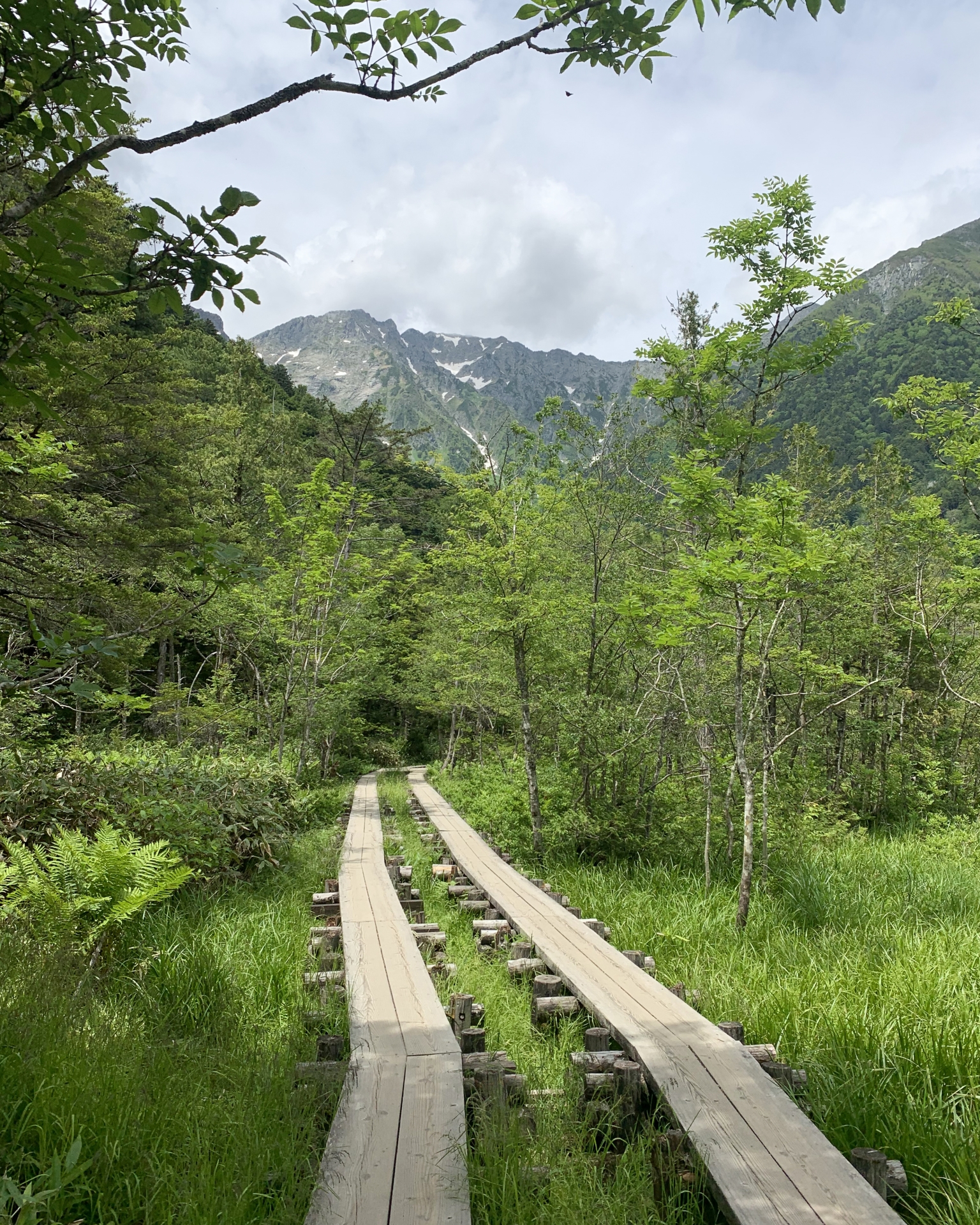
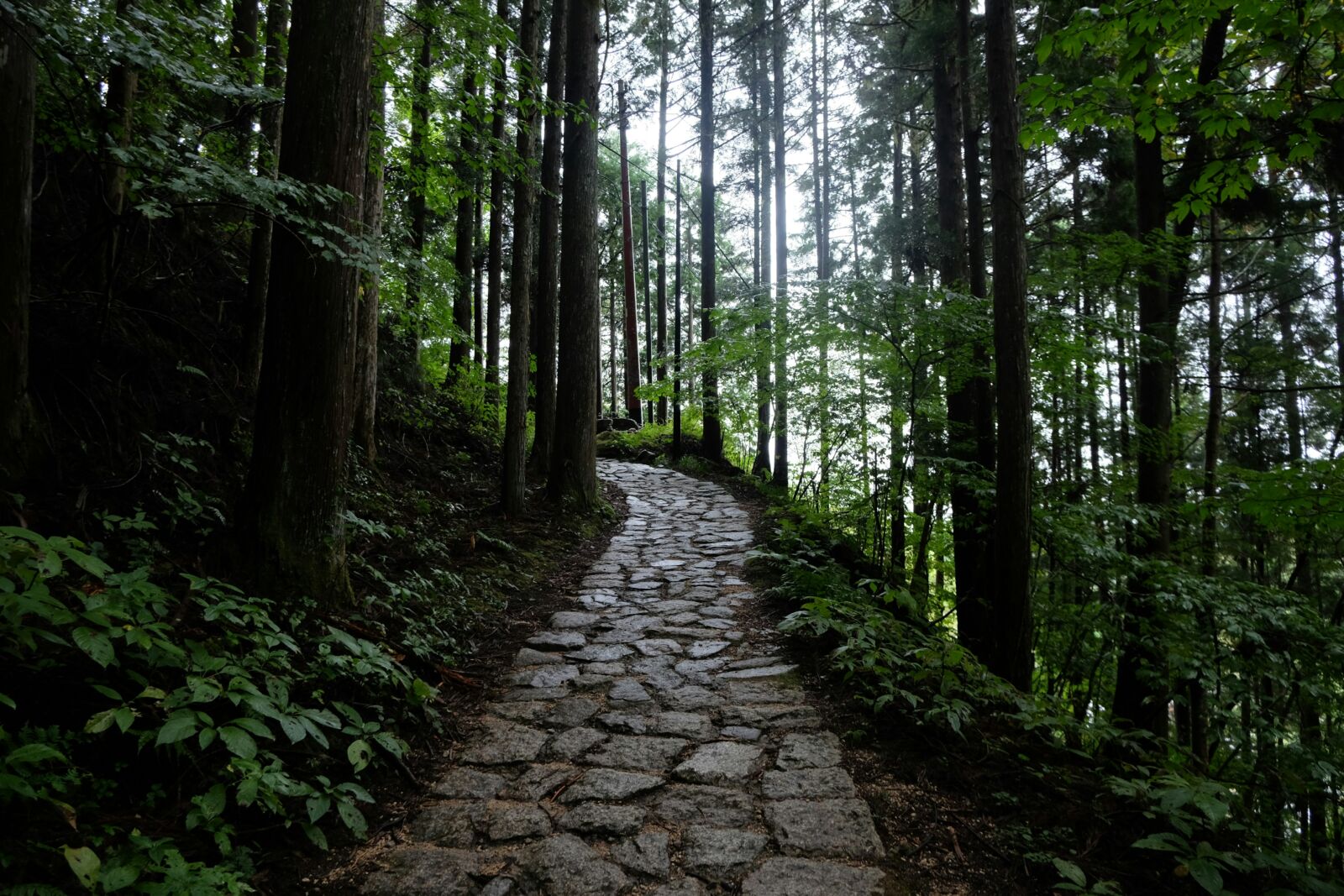
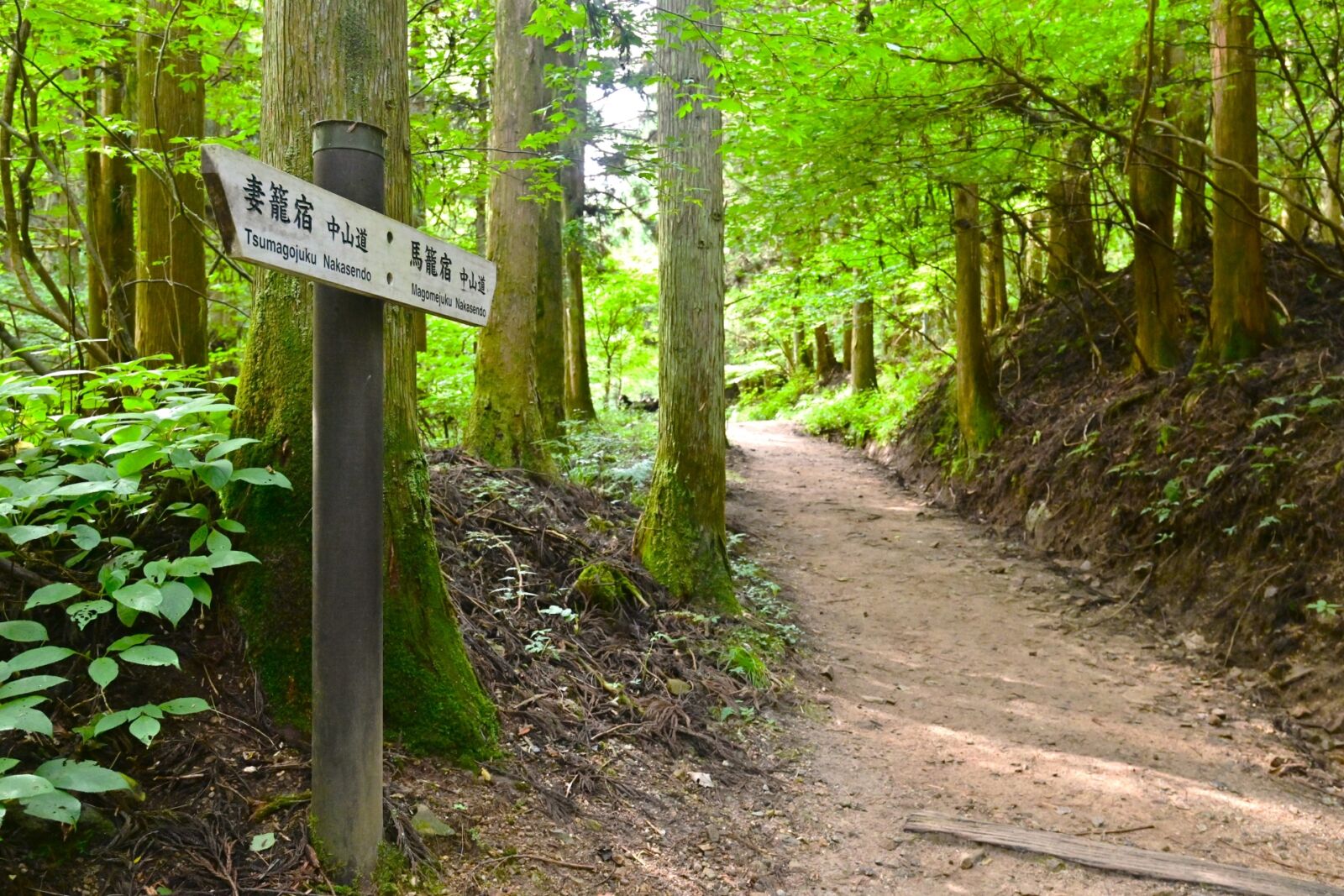
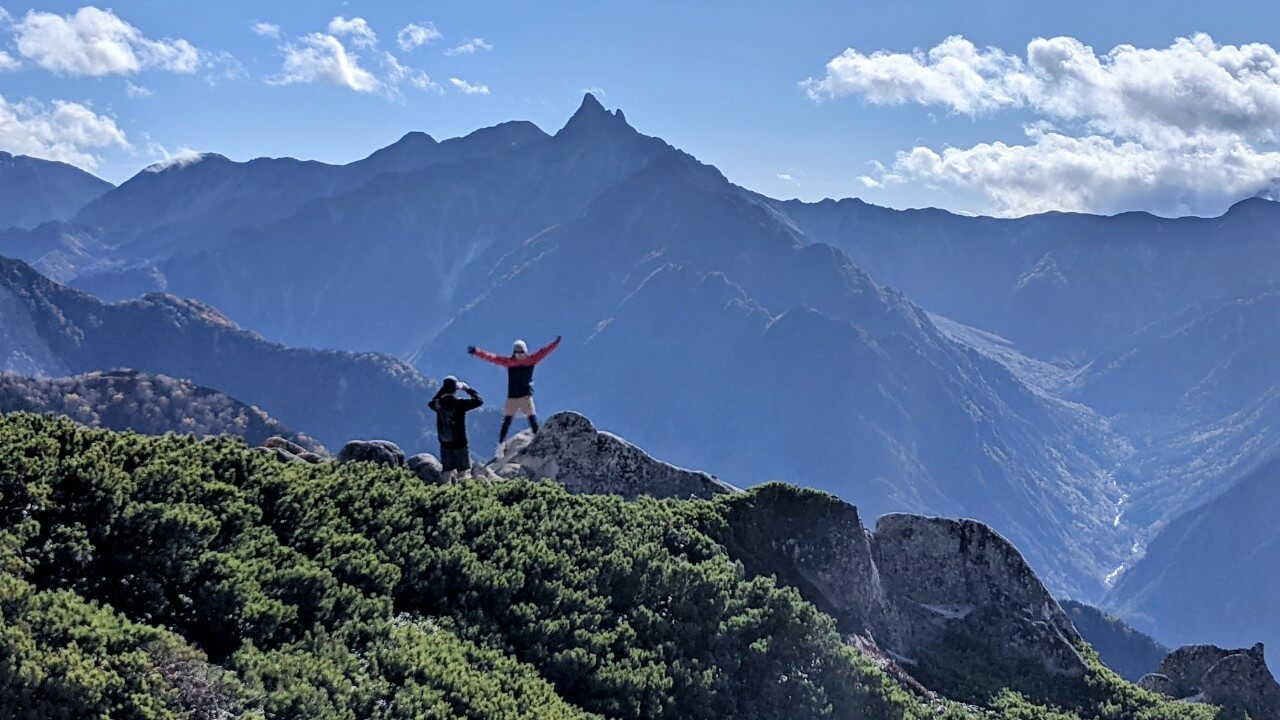
When the snow melts, the mountains of Central Japan transform into a hiker’s paradise. The area offers trails suitable for everyone, from easy day hikes to multi-day mountaineering expeditions. The Kamikochi Valley, known as Japan’s “Little Yosemite,” is one of the most popular hiking destinations, renowned for its pristine rivers, marshlands, and stunning views of the surrounding mountains.
The ancient Nakasendo Trail, which once connected Tokyo and Kyoto, also passes through Central Japan, offering a more cultural hike along forested paths, historic post towns, and traditional inns. Walking this route feels like stepping back in time, with stretches of untouched nature and glimpses into the lifestyles of those who traveled this path centuries ago. Whether you’re scaling peaks or strolling through valleys, hiking in Central Japan brings a new appreciation for the region’s natural diversity and untouched beauty.
Popular
1-Day Tour from Nagoya: Hiking the Historic Nakasendo Trail
- Spots:
- NagoyaKiso Valley
- Pick-up:
- Nagoya
- Drop-off:
- Nagoya
Unique Wildlife Experiences
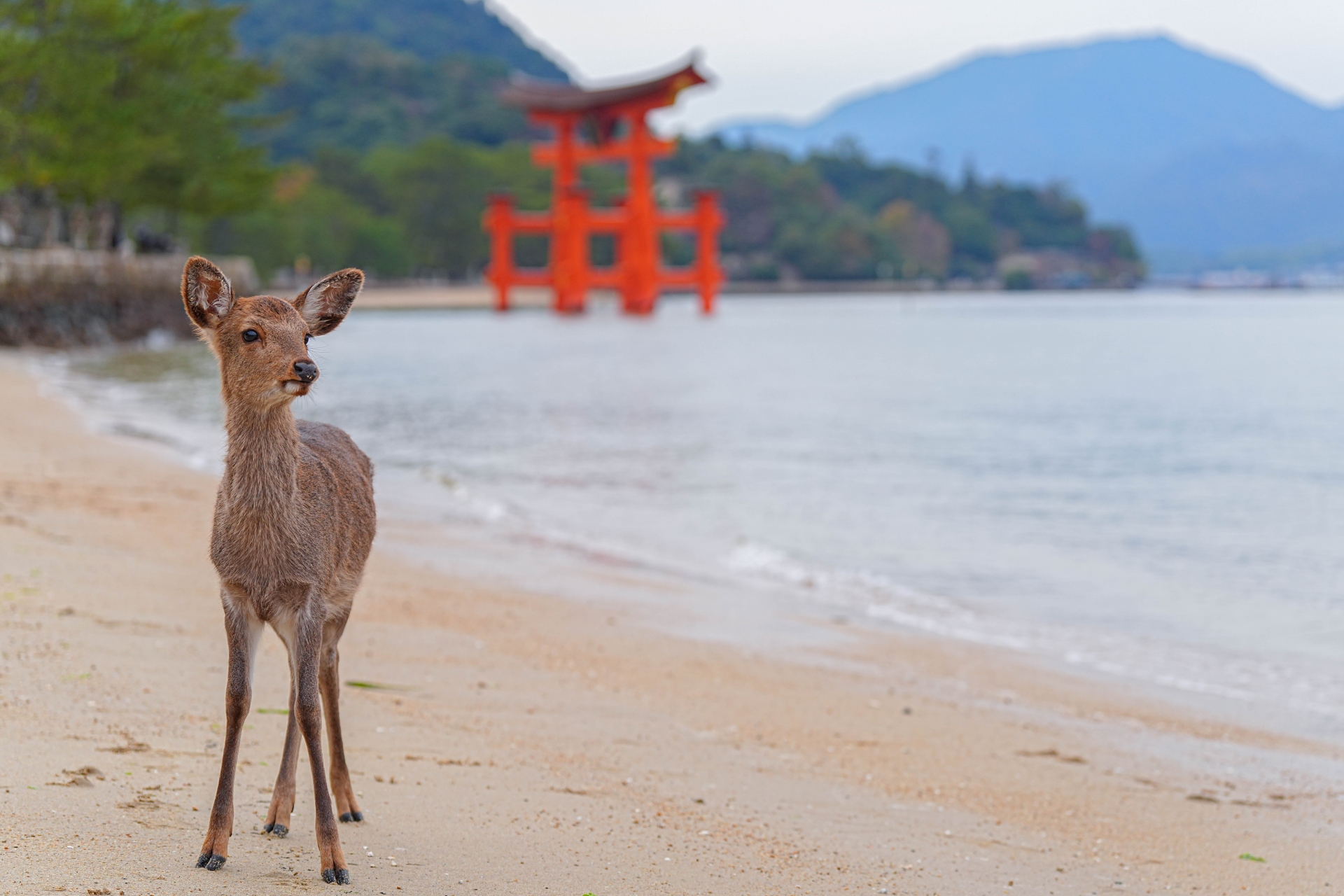
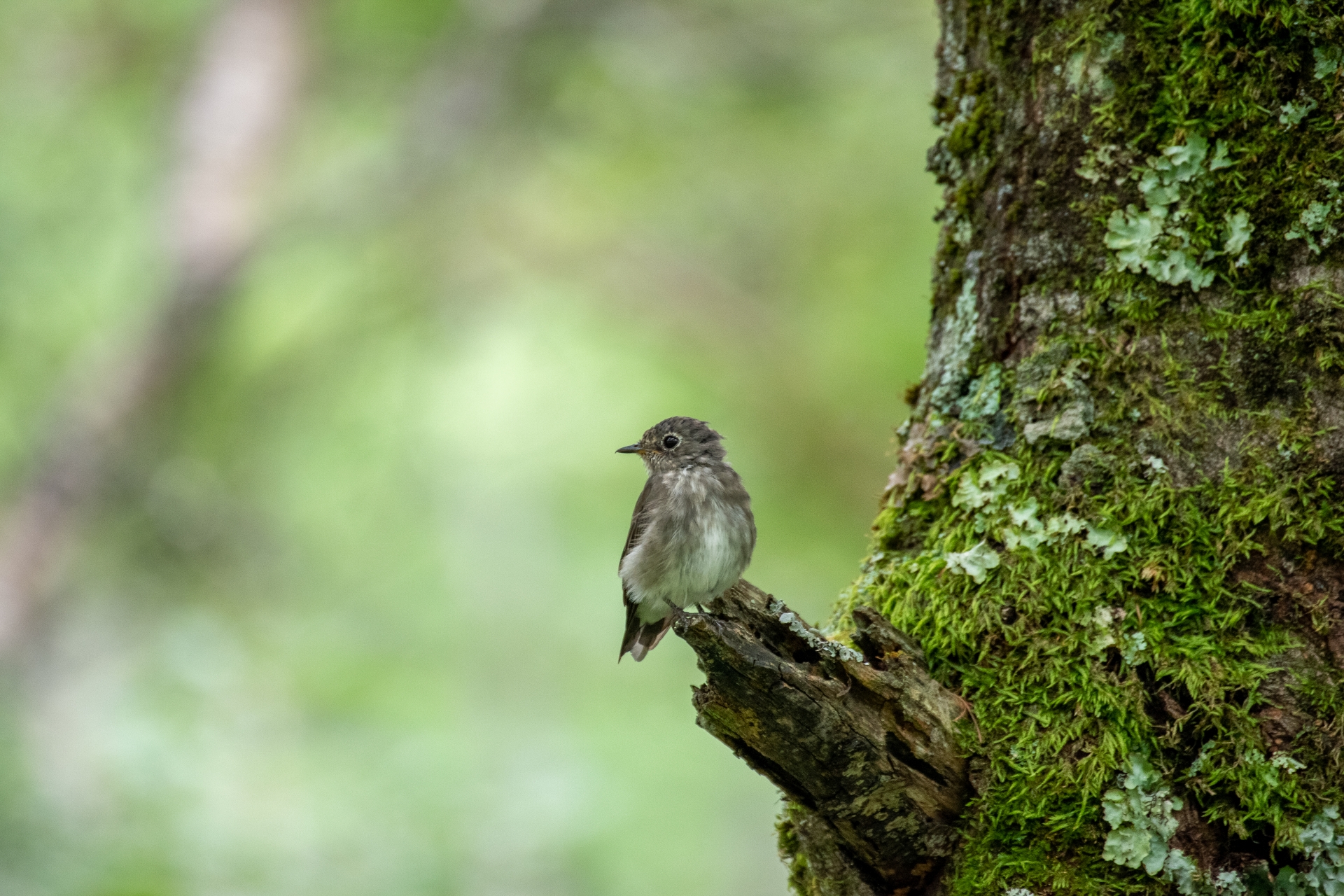
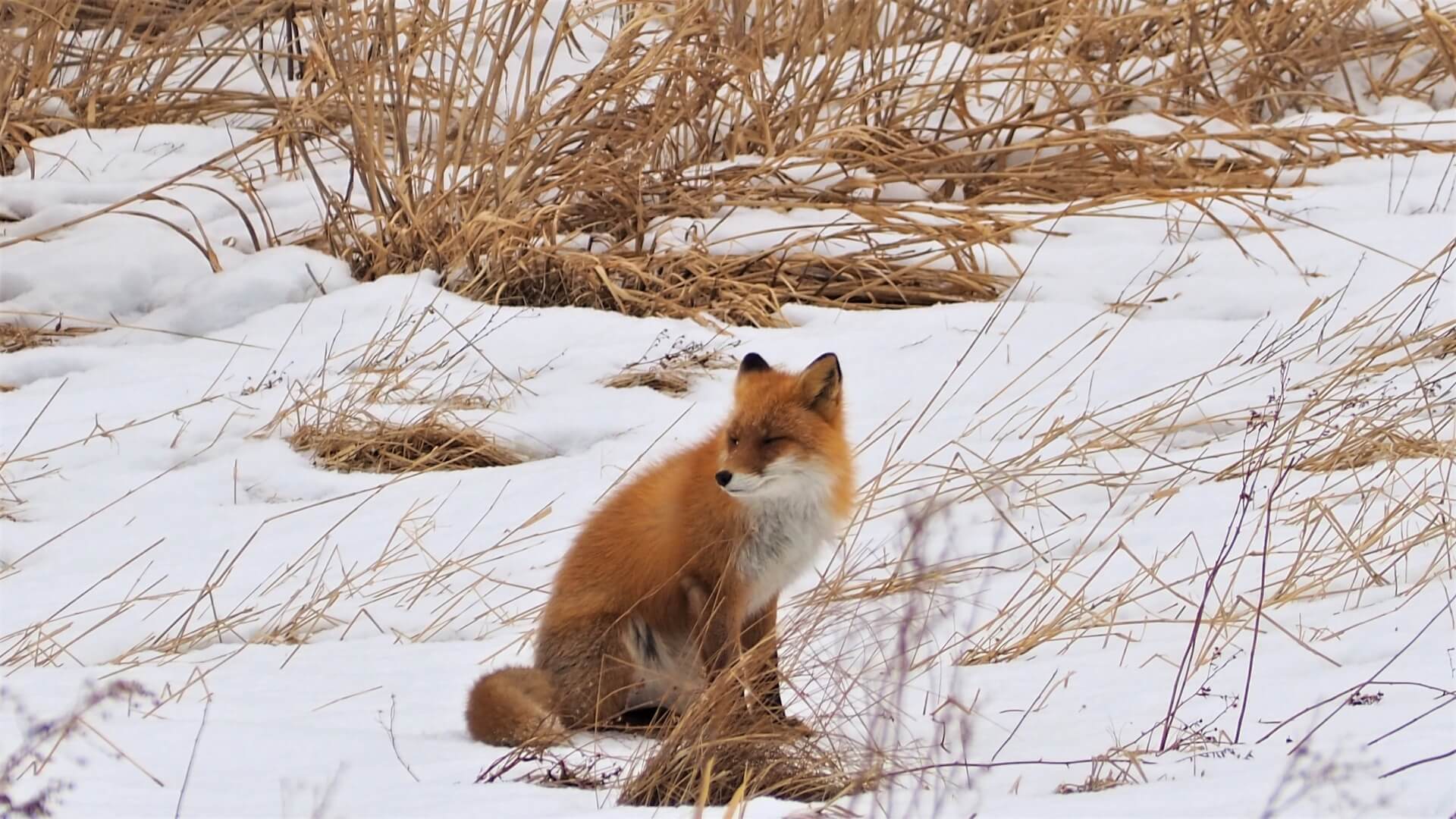
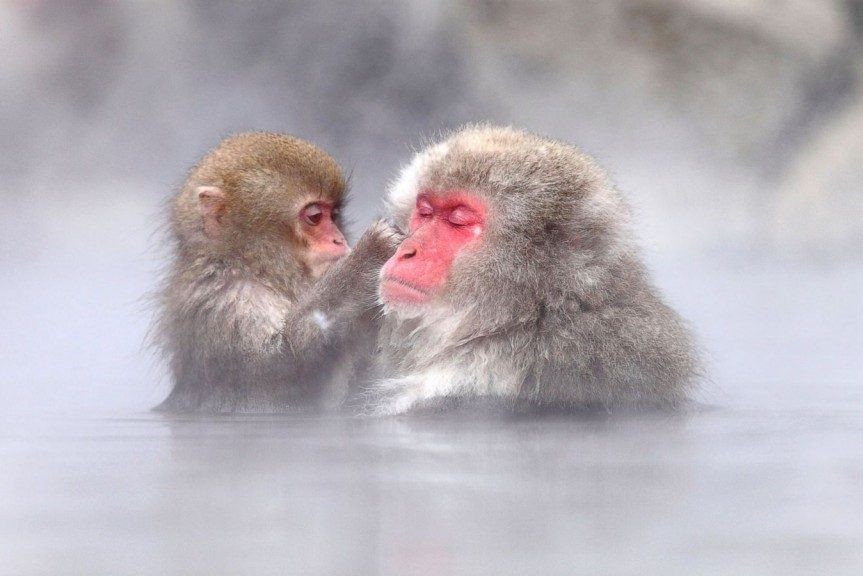
Central Japan is home to a diverse range of wildlife, much of which thrives in its protected mountains, forests, and wetlands. Among the most famous residents are the Japanese macaques, or snow monkeys, in Jigokudani Monkey Park. These monkeys are known for soaking in hot springs during the winter months, a behavior unique to this region and a sight that captivates visitors from around the world.
Beyond the snow monkeys, Central Japan’s forests are filled with a variety of wildlife, including Japanese serow, foxes, and over 300 species of birds. Guided tours from places like Nagano and Nagoya offer a chance to explore nature while learning about these animals and their habitats. Each season brings a unique opportunity to spot different wildlife, whether it’s migrating birds in spring, fireflies in summer, or deer wandering through autumn forests. Central Japan’s wildlife experiences connect travelers to a side of Japan that’s wild, serene, and beautifully natural.
Best Selling
1-Day Tour: Snow Monkeys, Zenkoji Temple & Sake in Nagano
- Spots:
- NaganoSnow MonkeyHakuba
- Pick-up:
- Nagano CityHakuba
- Drop-off:
- Nagano CityHakuba
Ancient Temples, Shrines, and Historic Towns
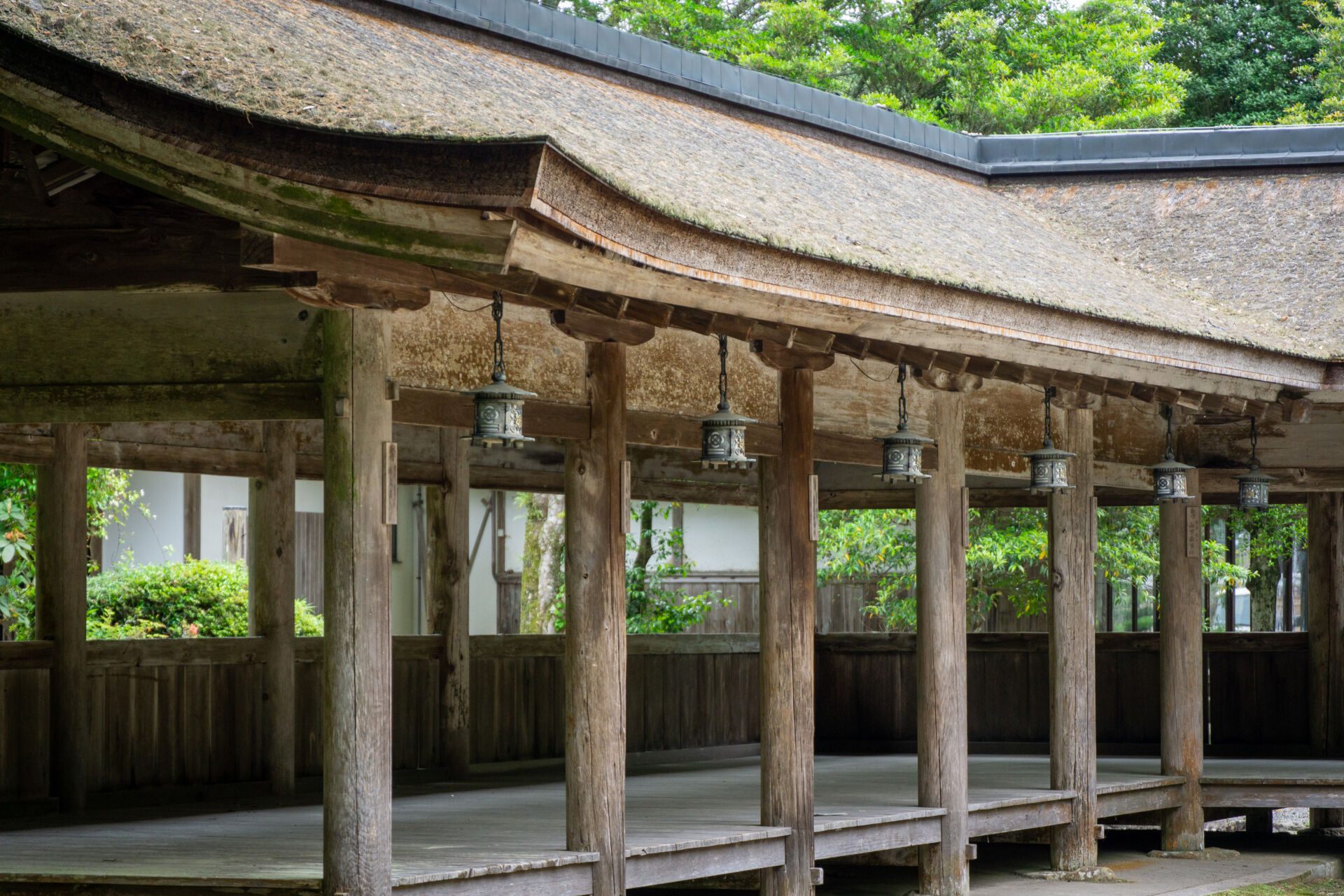
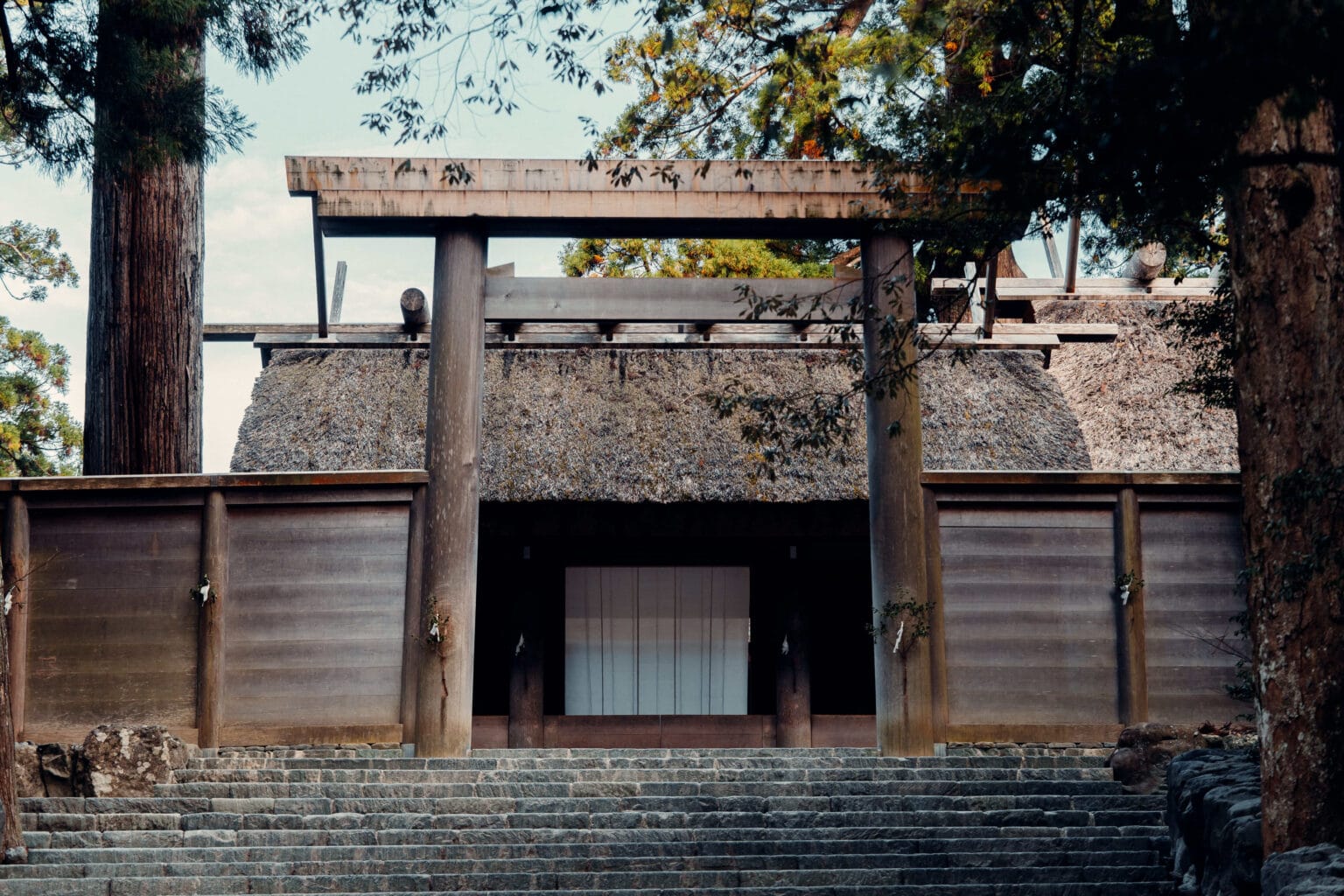
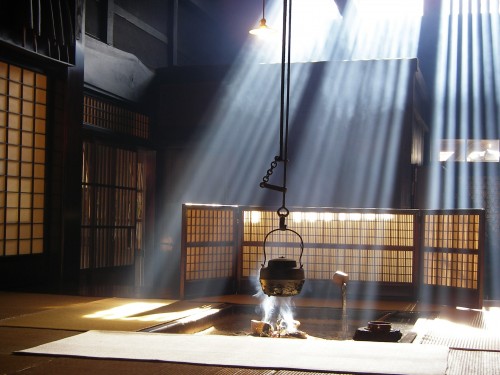
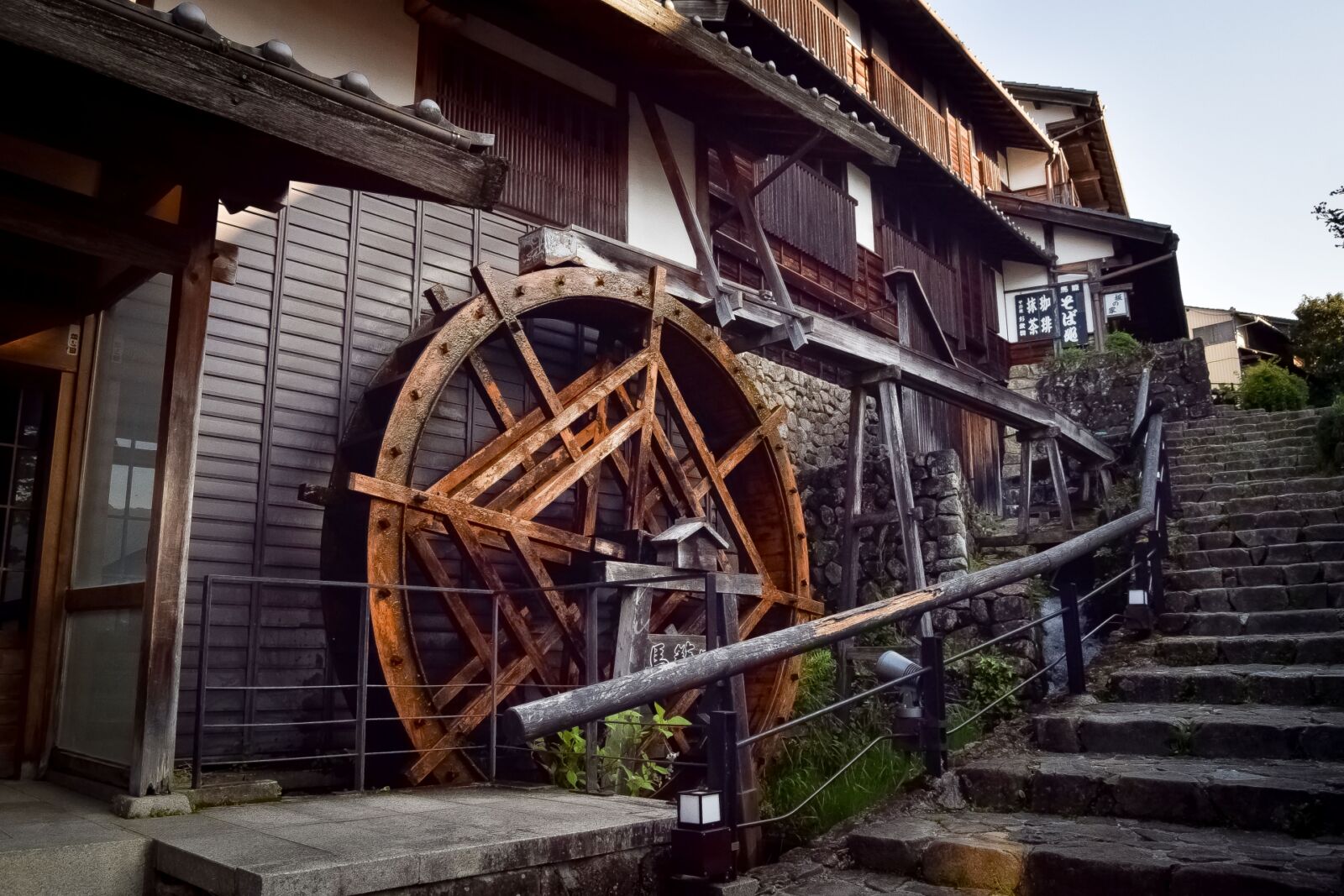
Central Japan is steeped in history, with many temples, shrines, and towns that seem frozen in time.
Matsumoto Castle, a striking “black crow” castle, is famous for its unique architecture and scenic backdrop of the Japanese Alps. In Kanazawa, Kenrokuen Garden, one of Japan’s most celebrated landscape gardens, offers a peaceful retreat with perfectly designed seasonal landscapes. While just outside of Nagoya, you will find Japan's oldest original castle, Inuyama, and Japan's most sacred shrine, Ise Jingu.
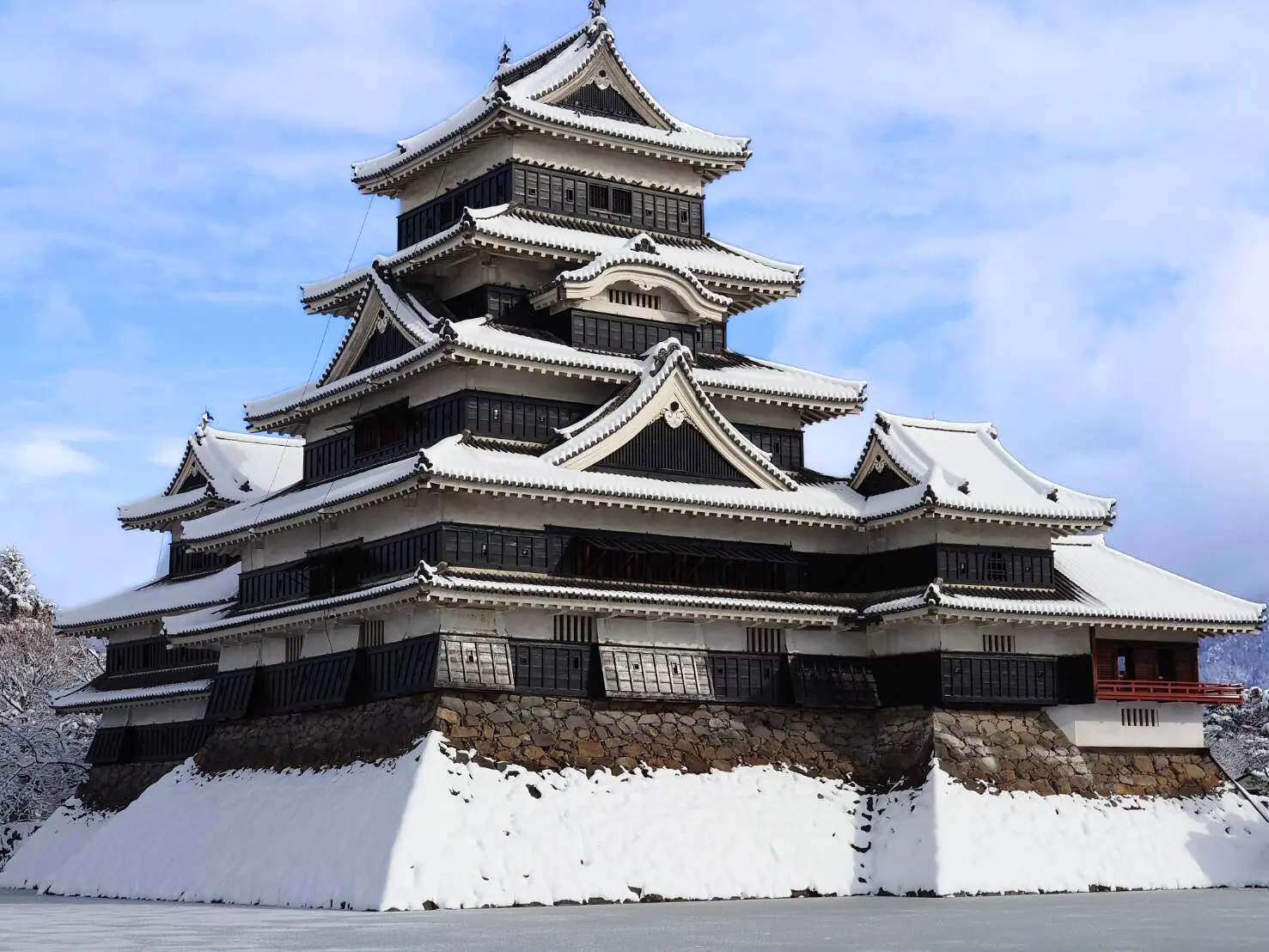
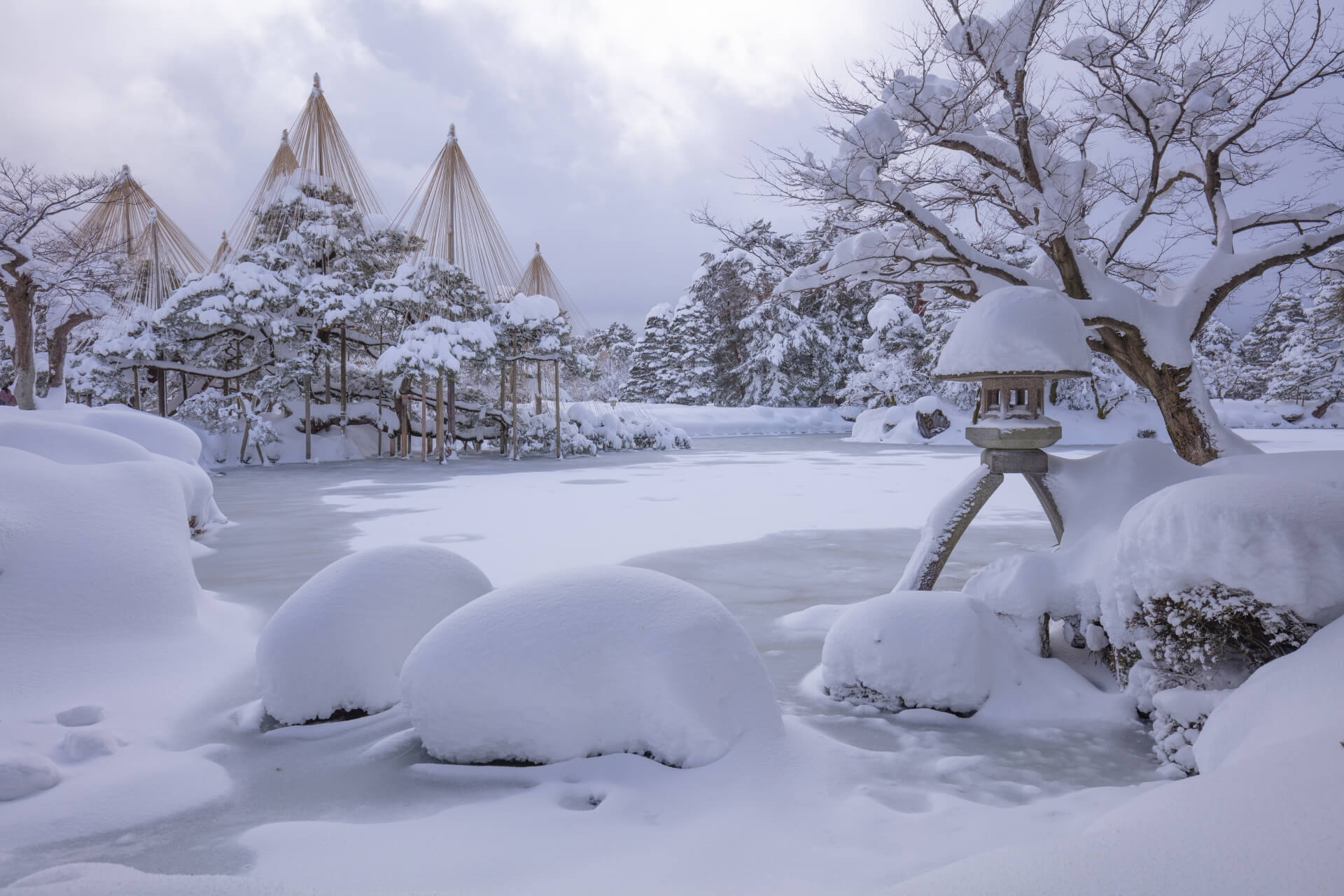
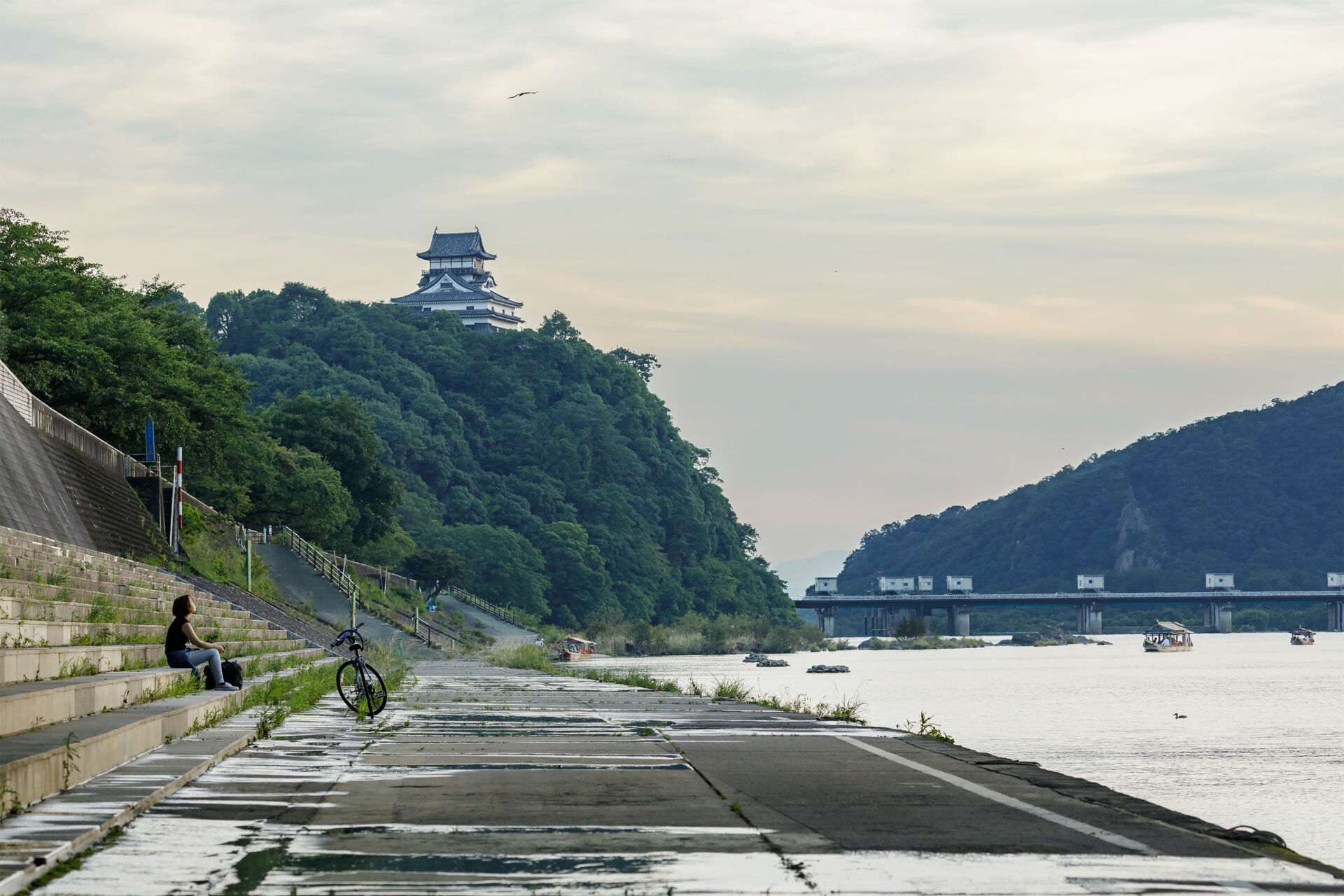
Historic post towns like Magome and Tsumago along the Nakasendo Trail are beautifully preserved, with traditional wooden inns and shops lining cobblestone streets. These towns transport you back to the Edo period, where samurai, merchants, and pilgrims once traveled. The iconic Zenko-ji Temple in Nagano is one of Japan’s oldest and most important temples, drawing pilgrims and travelers alike for centuries.
Whether exploring these sites or simply strolling through a historic town, you’ll feel the profound sense of history and spirituality that defines Central Japan.
Healing & Relaxation in its Famous Hot Spring Towns

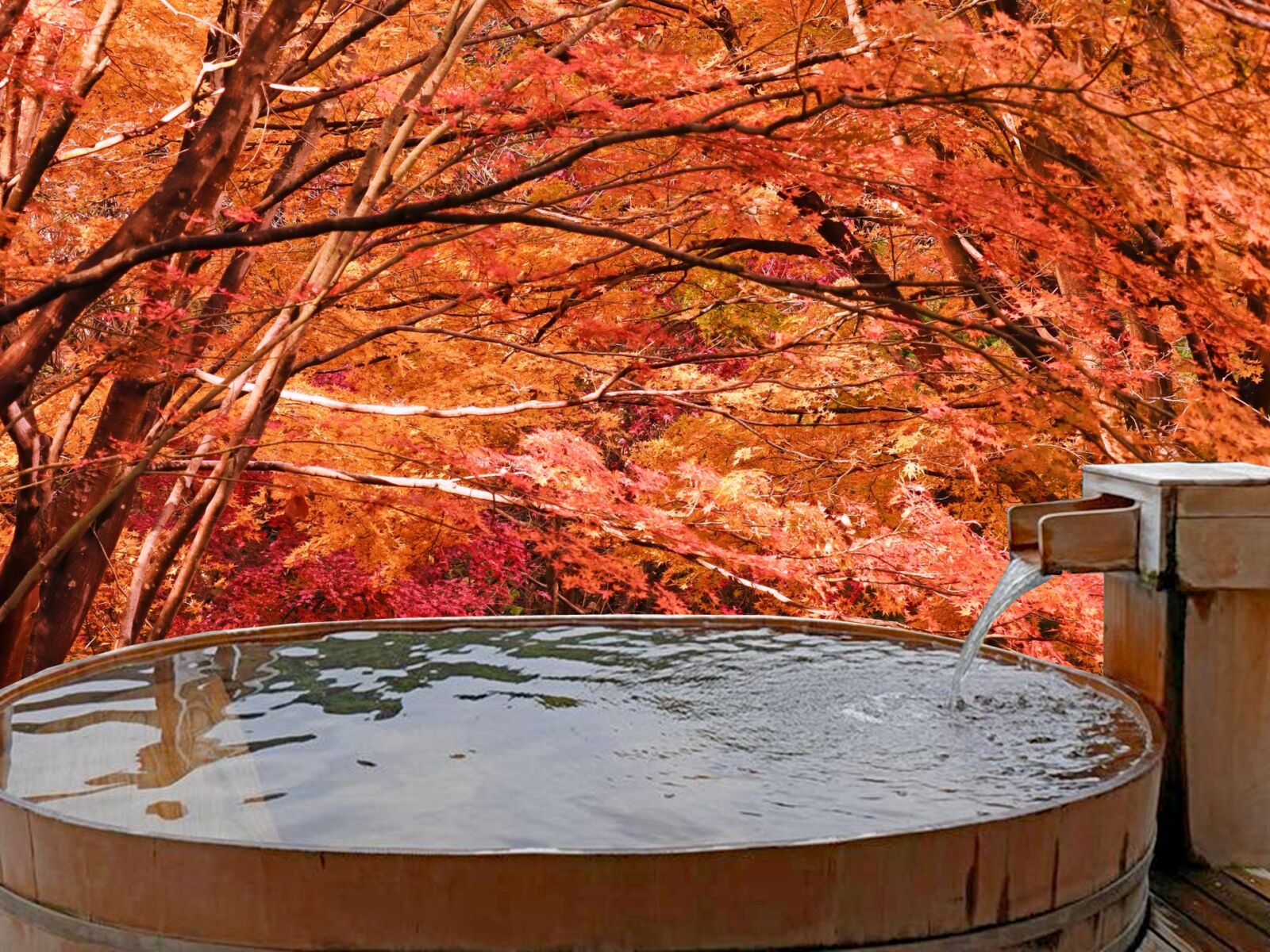
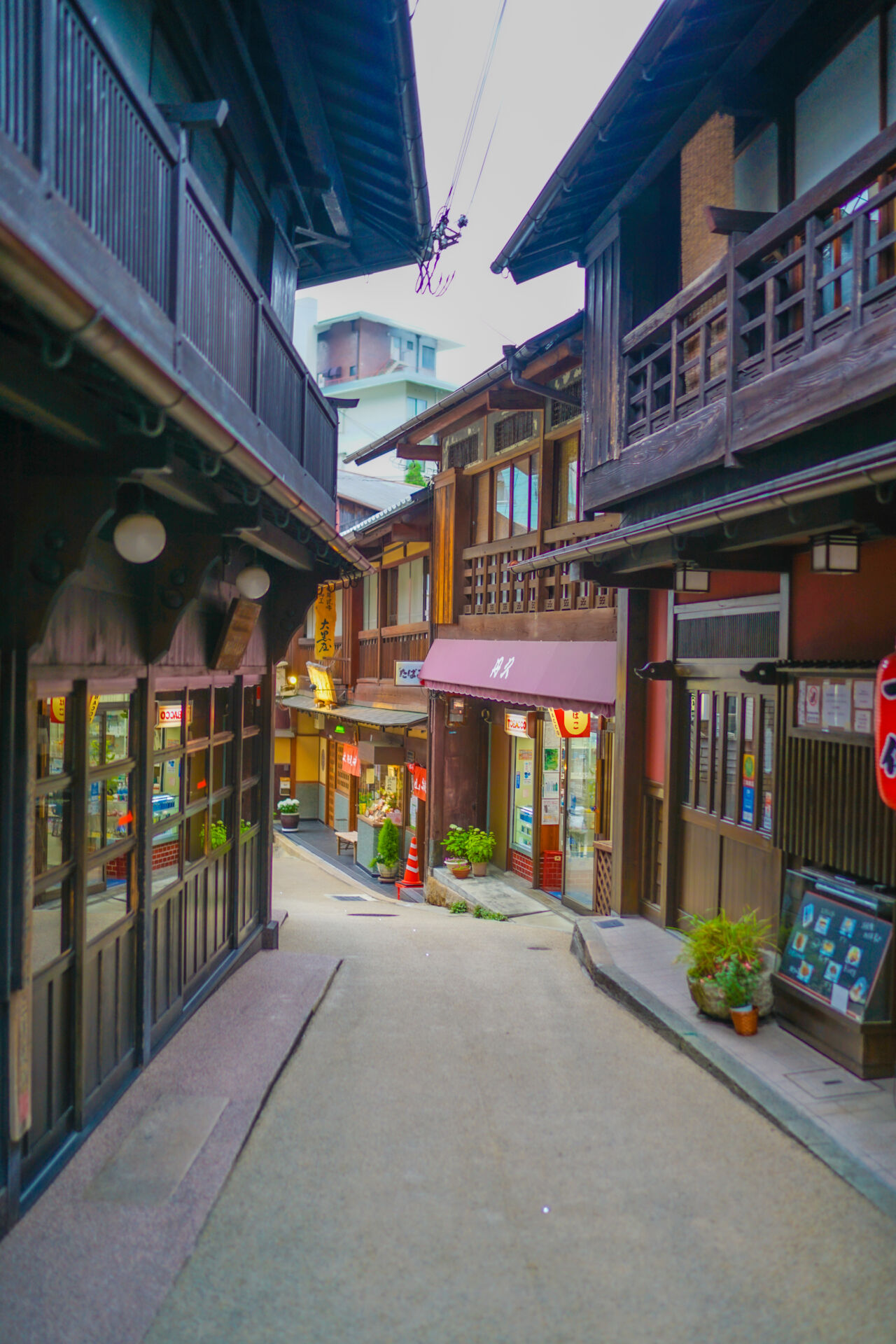
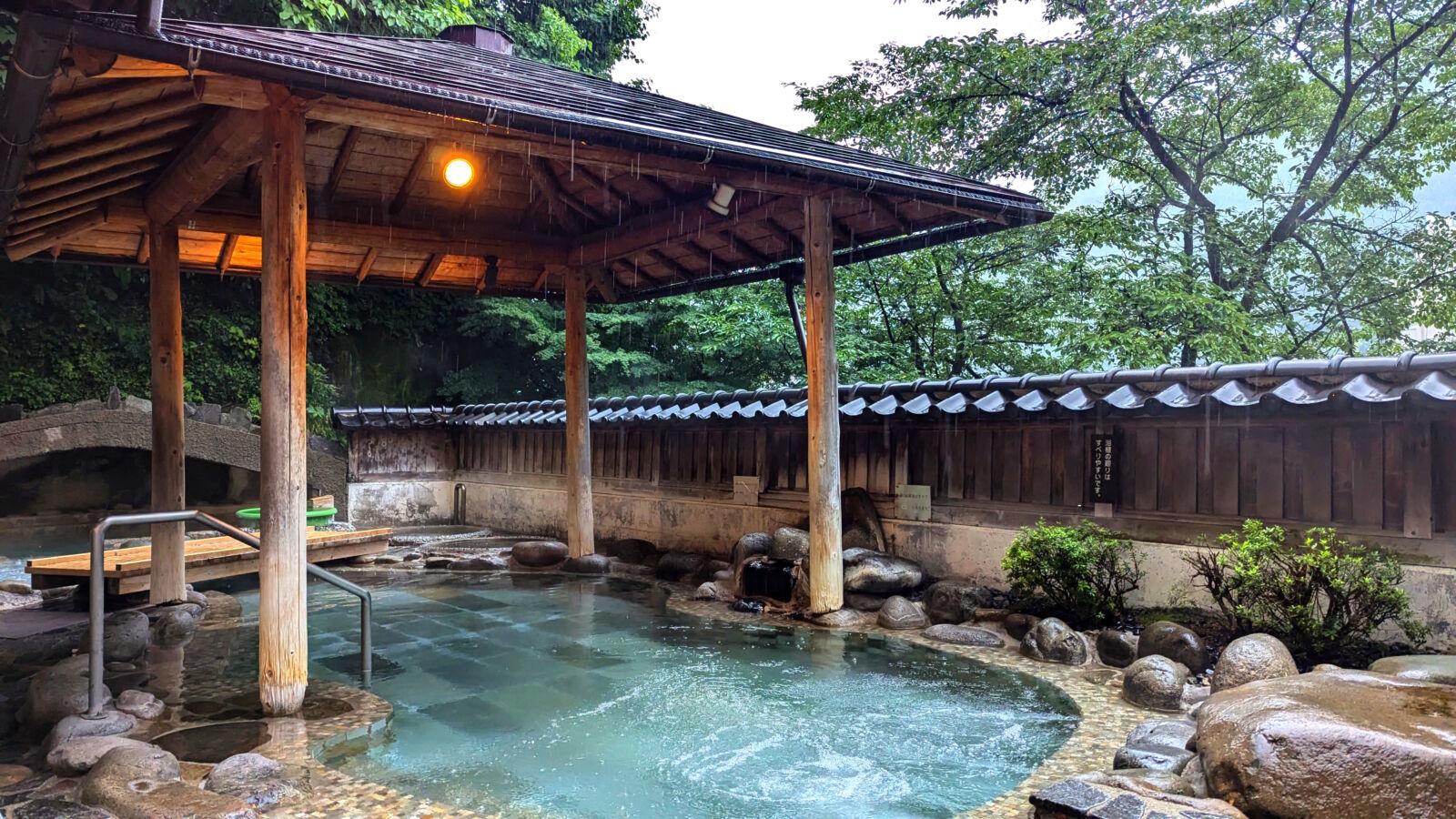
Central Japan is known for its onsen (hot springs), revered not just for their relaxing qualities but also for their therapeutic benefits. The towns of Gero, Nozawa Onsen, and Kusatsu are some of the best places to experience Japan’s onsen culture. Gero Onsen, sometimes called the “Kyoto of hot springs,” is known for its mineral-rich waters and scenic setting along the Hida River.
Nozawa Onsen, another popular onsen village, is a quaint town with over a dozen free public baths scattered throughout, where visitors can experience the communal spirit of Japanese bathing culture. These hot springs, with their natural mineral content, are believed to aid in various ailments and promote overall well-being. Central Japan’s onsen towns offer an ideal setting for relaxation, where the slow pace of life, combined with the restorative waters, leaves visitors feeling renewed and refreshed.
Abundant Farmlands & Some of Japan’s Best Produce
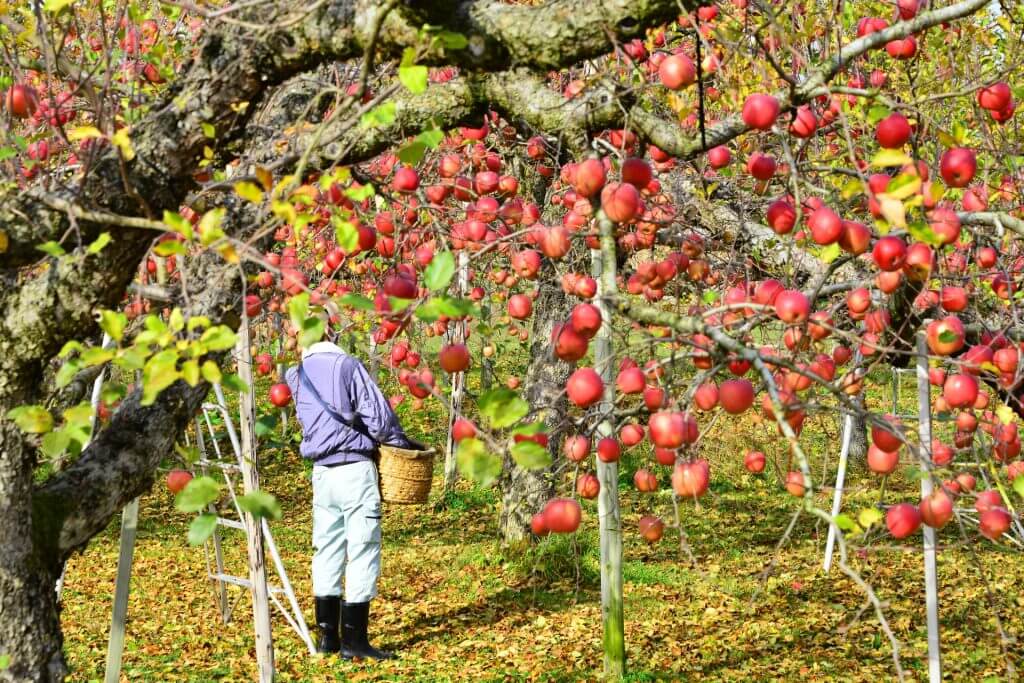
The fertile plains and valleys of Central Japan support some of the country’s most abundant and productive farmland. Areas like the Kiso Valley and Hida region produce a wide array of local ingredients, from prized Hida beef to wasabi, a plant that thrives in the region’s pure, cold water.
Farm visits and agricultural experiences allow travelers to connect with Japan’s rich food culture firsthand. You can try your hand at rice planting, sample locally grown vegetables, or even harvest seasonal fruits in orchards. Central Japan’s farm-to-table experiences give visitors a deeper appreciation for Japanese cuisine, where freshness, seasonality, and sustainability are key.
Indulgent Seafood & Coastal Markets
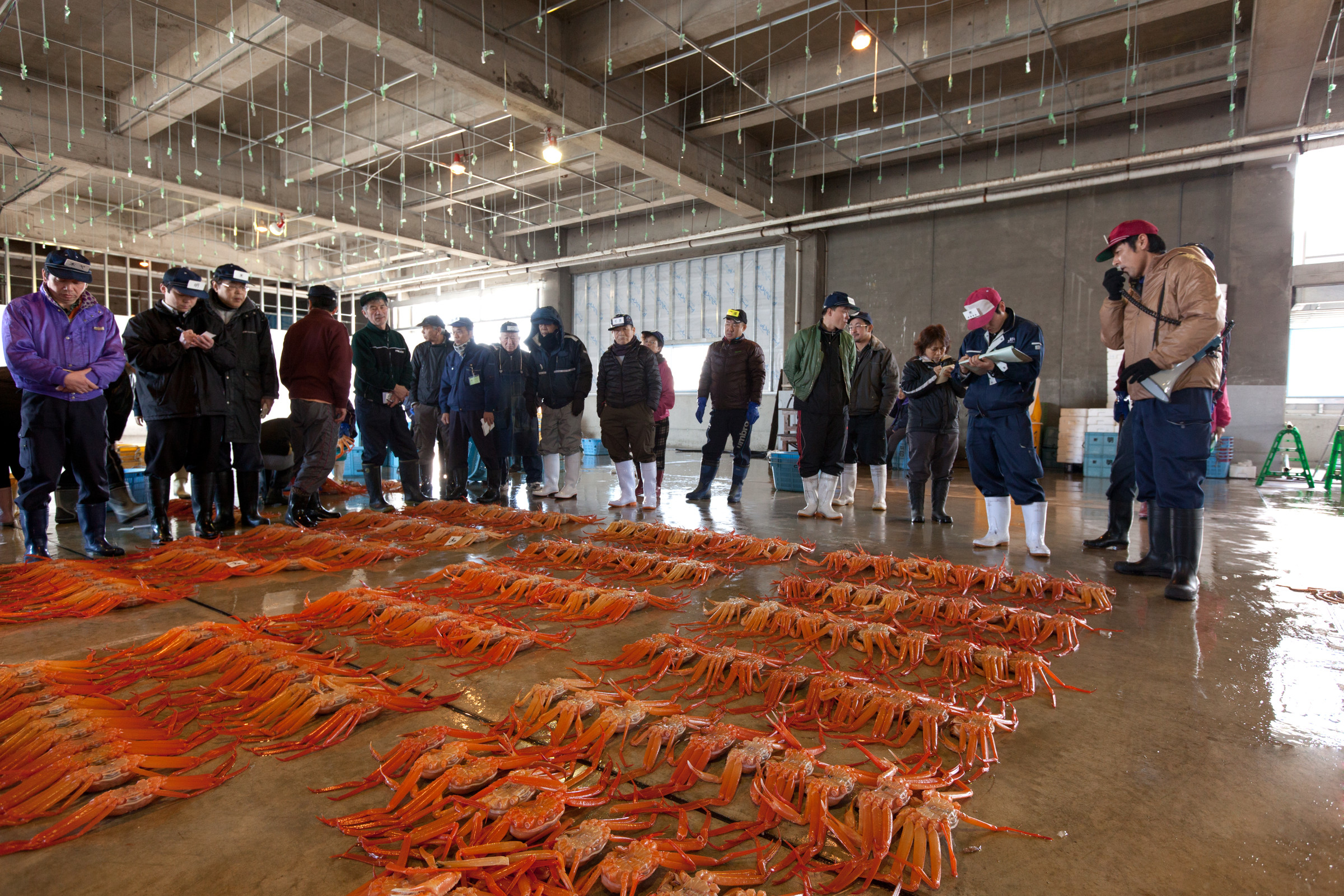
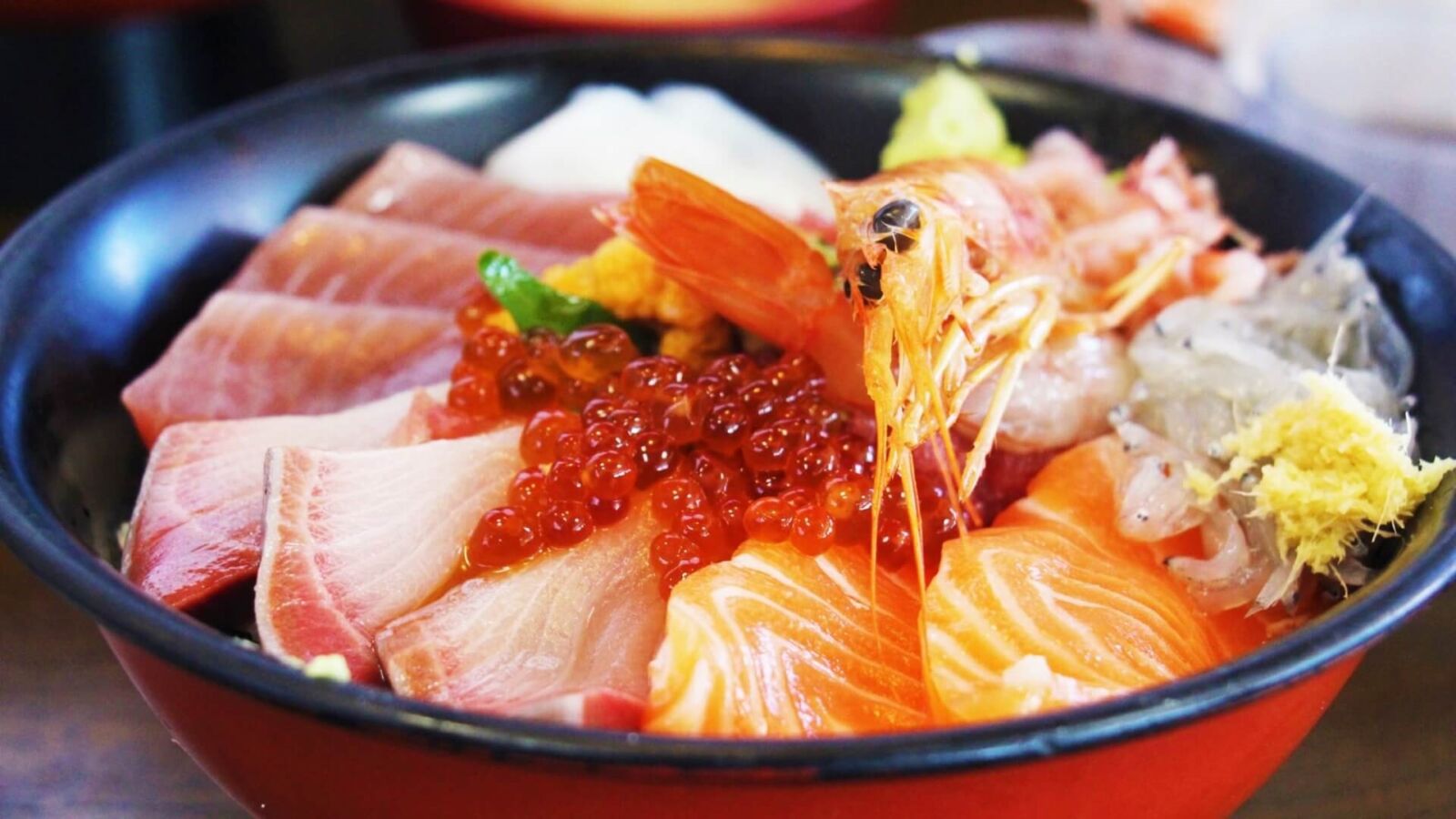
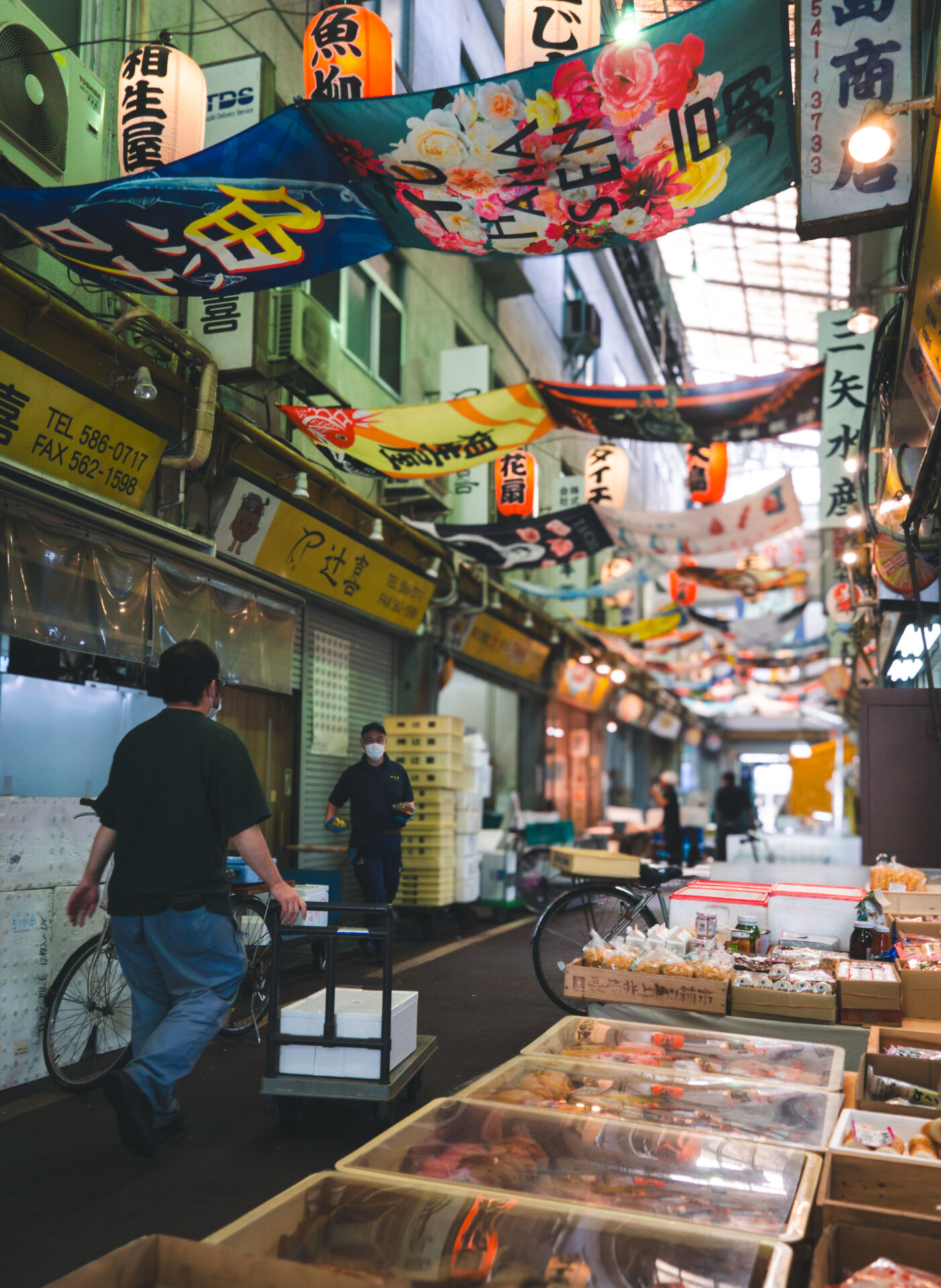
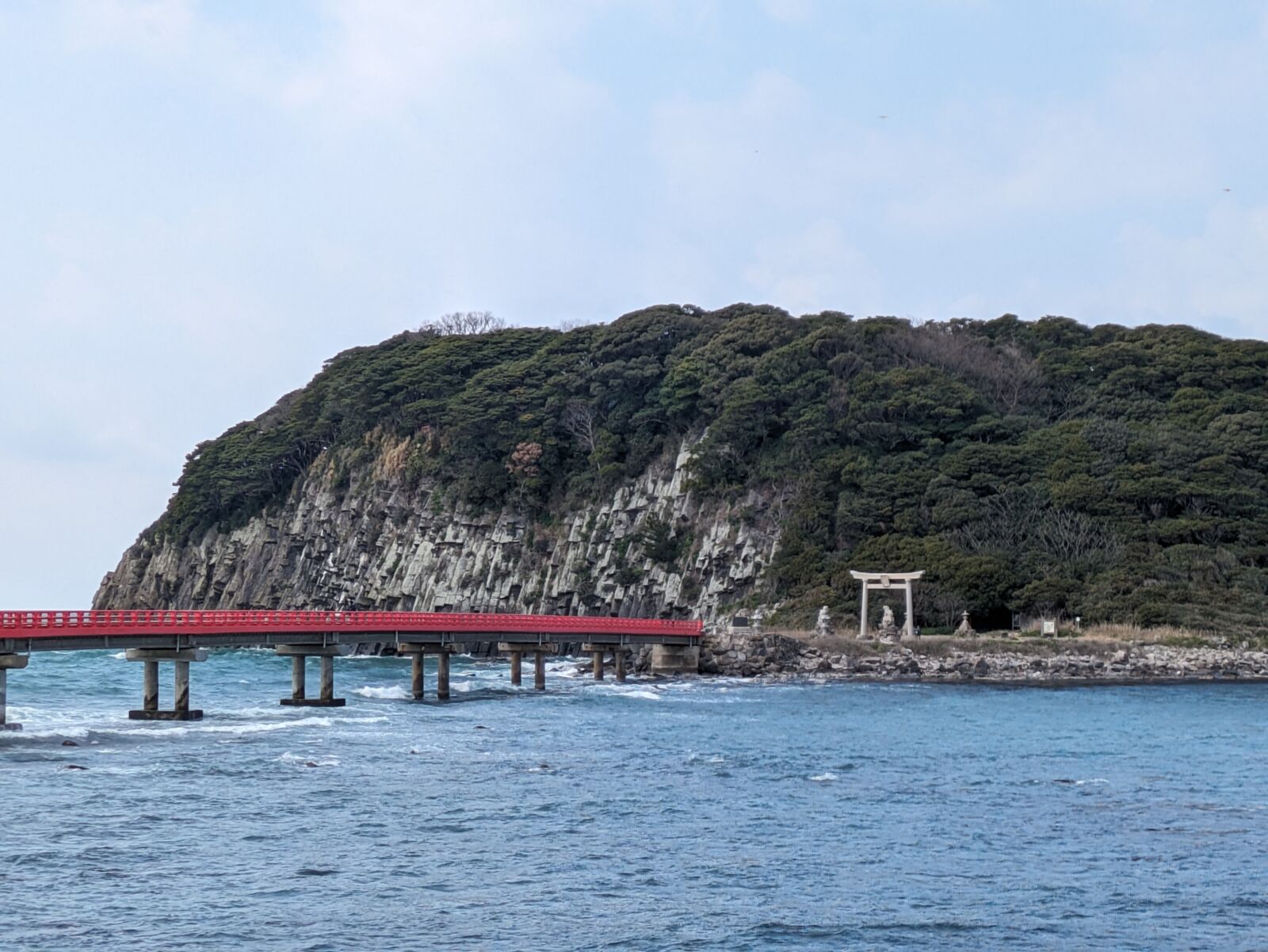
Central Japan is blessed with access to the Sea of Japan, which provides fresh, indulgent seafood. Coastal cities like Kanazawa are famous for their seafood markets, where you can enjoy everything from crab and squid to unique delicacies like "nodoguro" (blackthroat seaperch). Yanagibashi Central Market, one of the largest in Central Japan, is a seafood lover’s paradise, with dozens of stalls offering sushi, sashimi, and grilled seafood fresh from the morning catch.
Winter is crab season, and many travelers visit specifically to sample the snow crab, a regional specialty. For a truly memorable experience, visit one of these bustling markets, where locals and travelers alike gather to taste the finest flavors of the region’s waters.
The Seasonal Beauty of its Forests
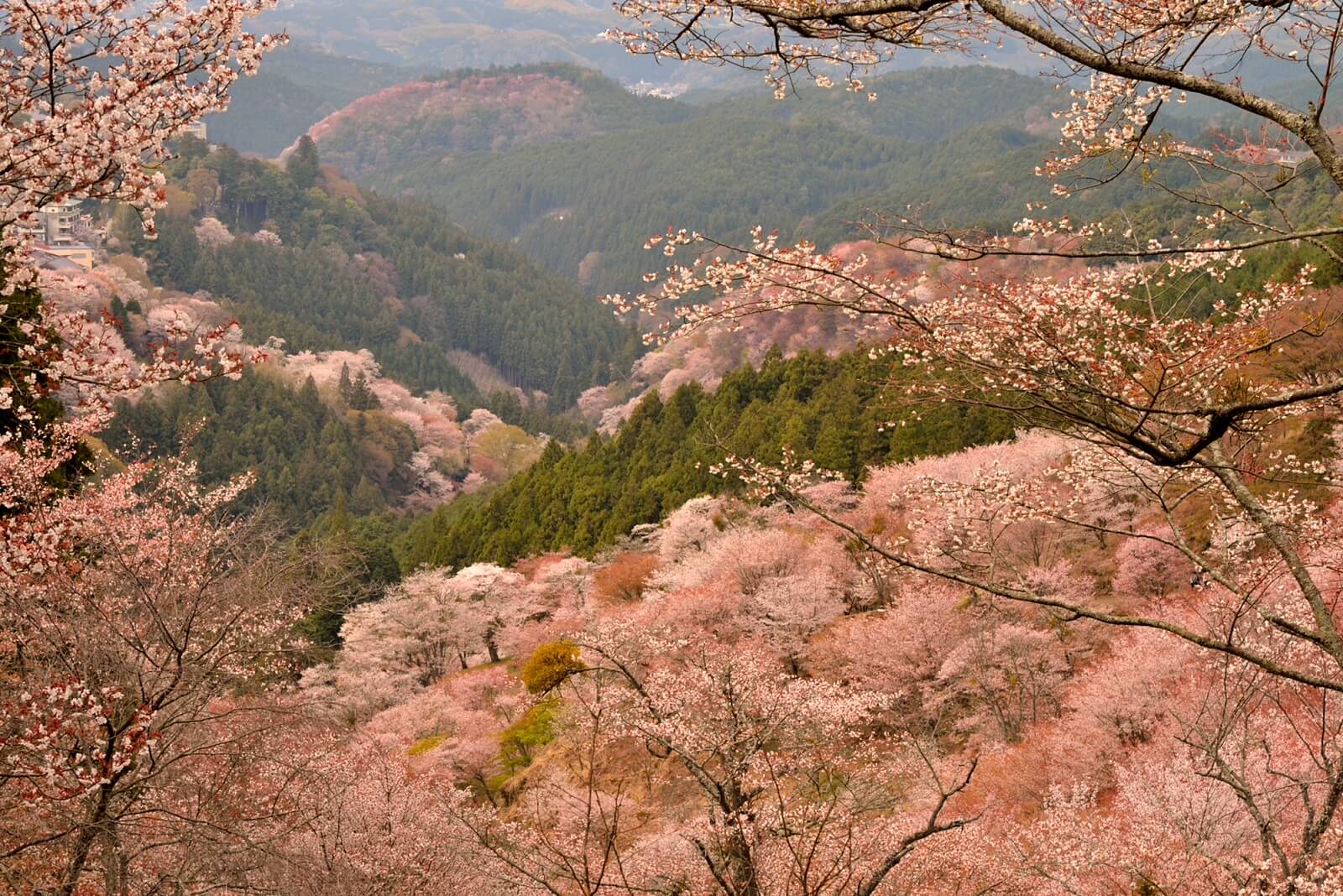
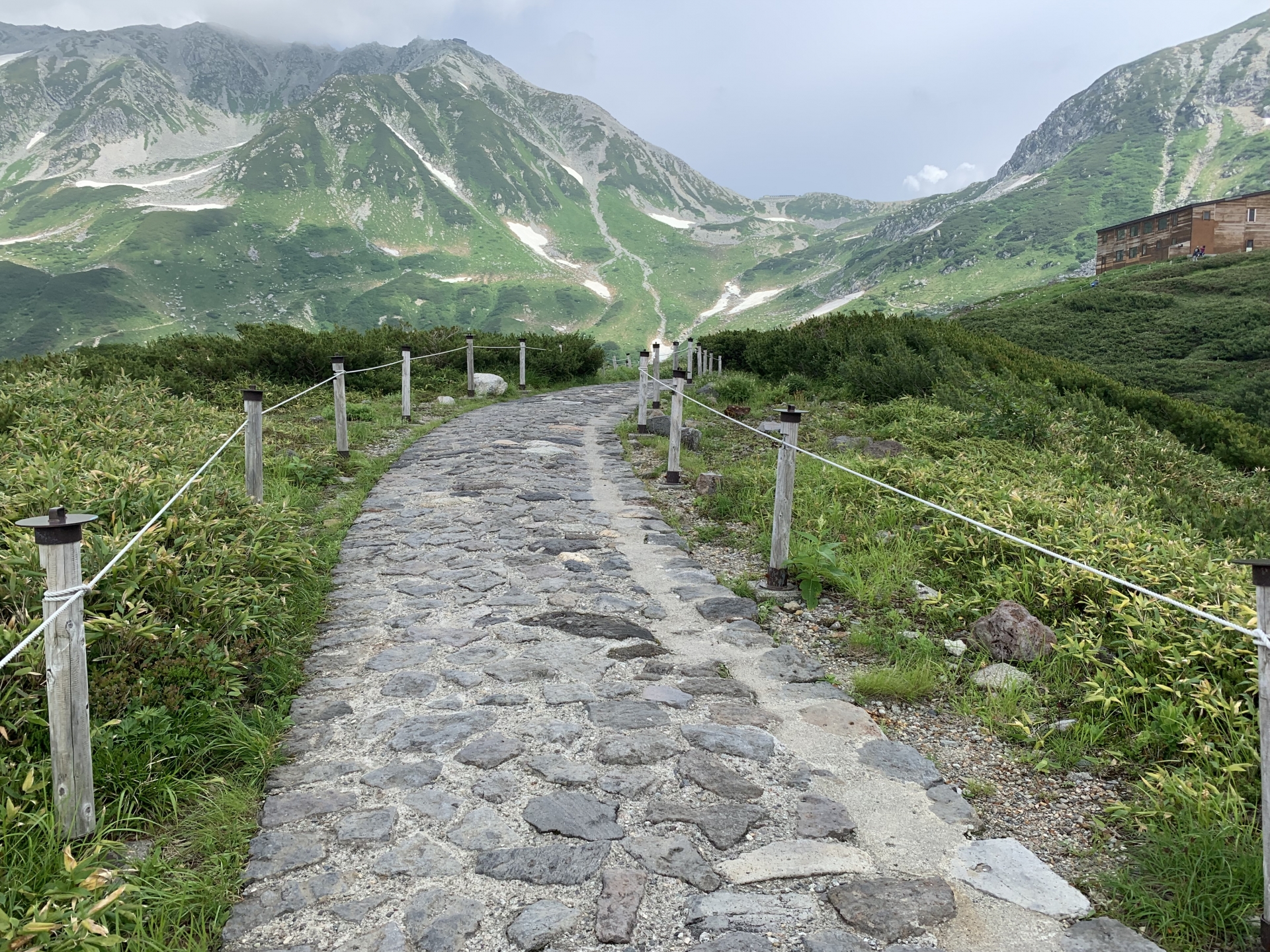
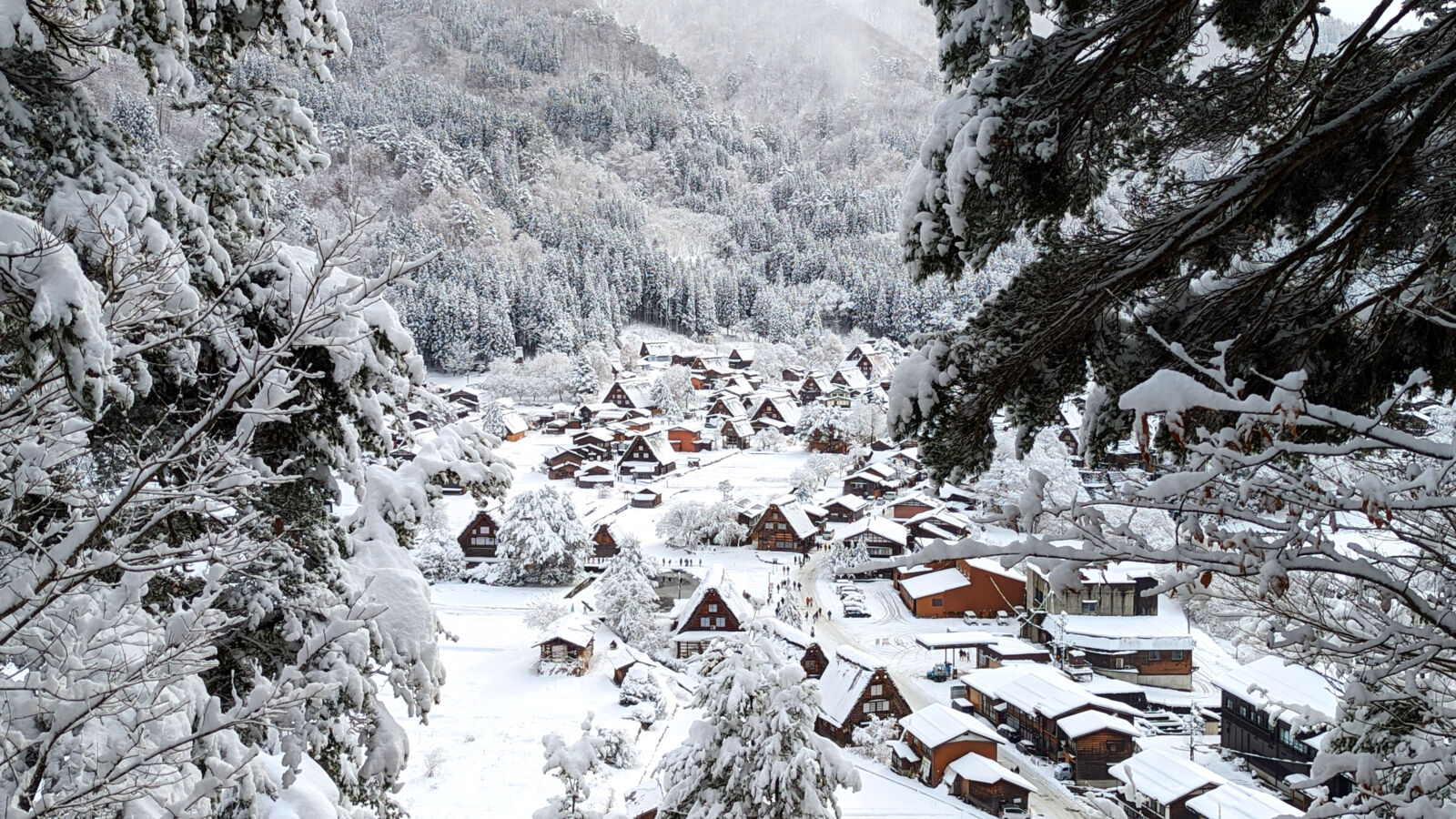
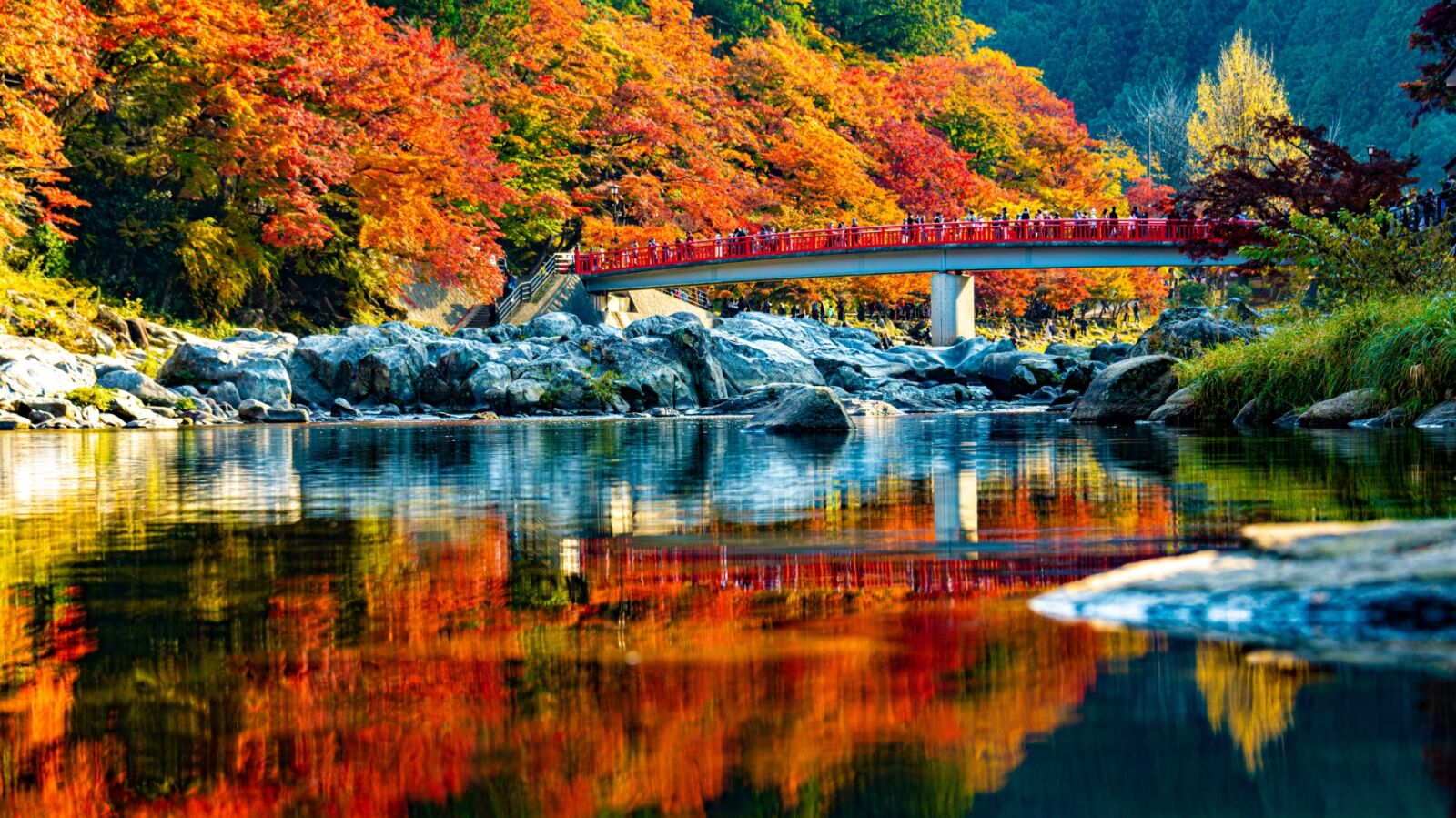
Japan’s seasonal changes are celebrated across the country, but Central Japan’s forests bring a unique vibrancy to each season. In spring, the cherry blossoms bloom in secluded valleys and ancient temples, creating picturesque scenes that attract photographers and nature lovers alike. Summer transforms the forests into lush green havens, where trails and waterfalls offer a cool escape from the heat.
Autumn in Central Japan is magical, with maples and Japanese oaks turning vibrant shades of red, orange, and gold. The Kurobe Gorge is a particularly popular spot, where visitors can take a scenic train ride through breathtaking autumn foliage. Winter blankets the region’s forests in snow, adding a sense of tranquility and quiet beauty. The forests of Central Japan offer a visual journey through the seasons, where nature’s colors shift in harmony with the traditional landscapes.
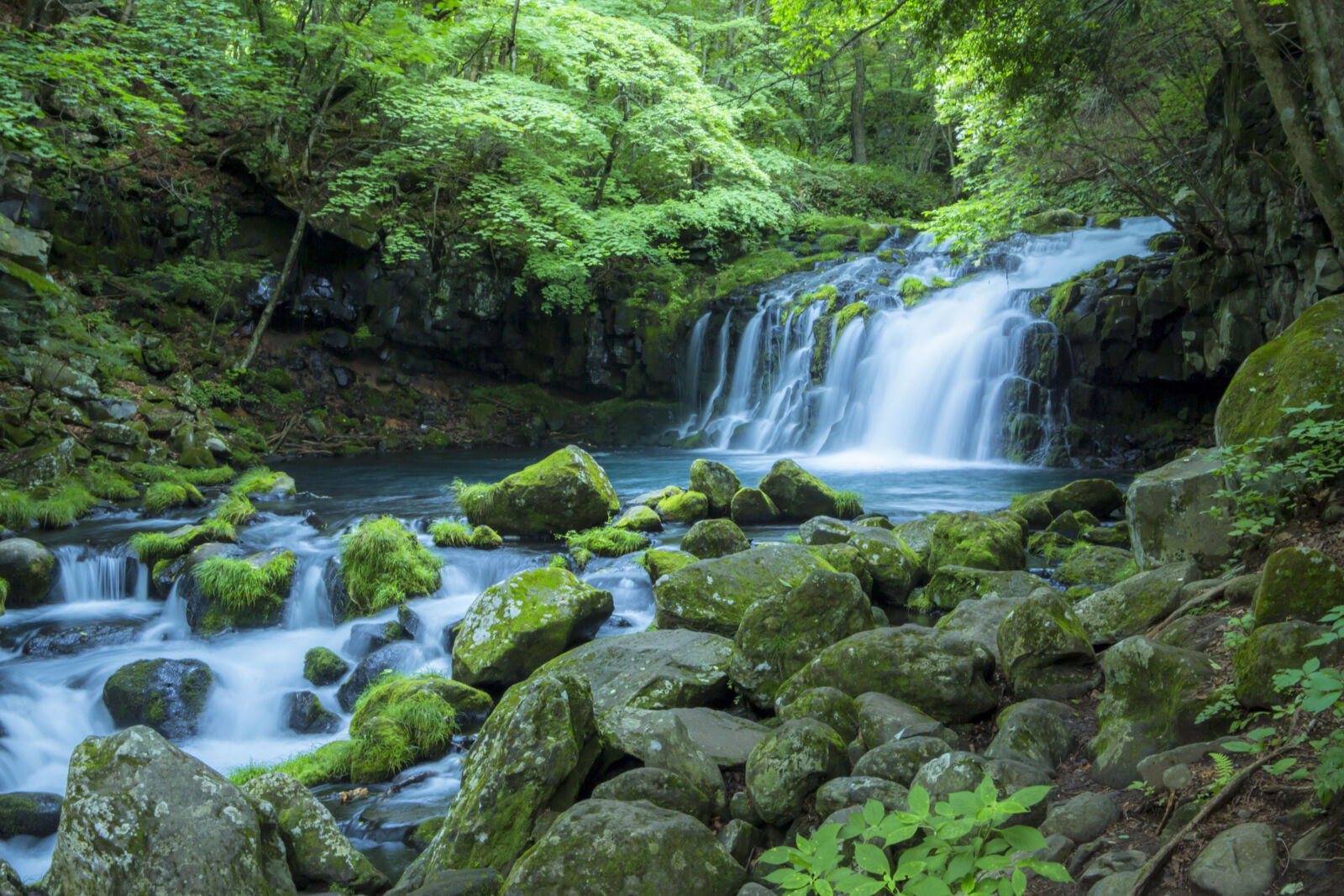
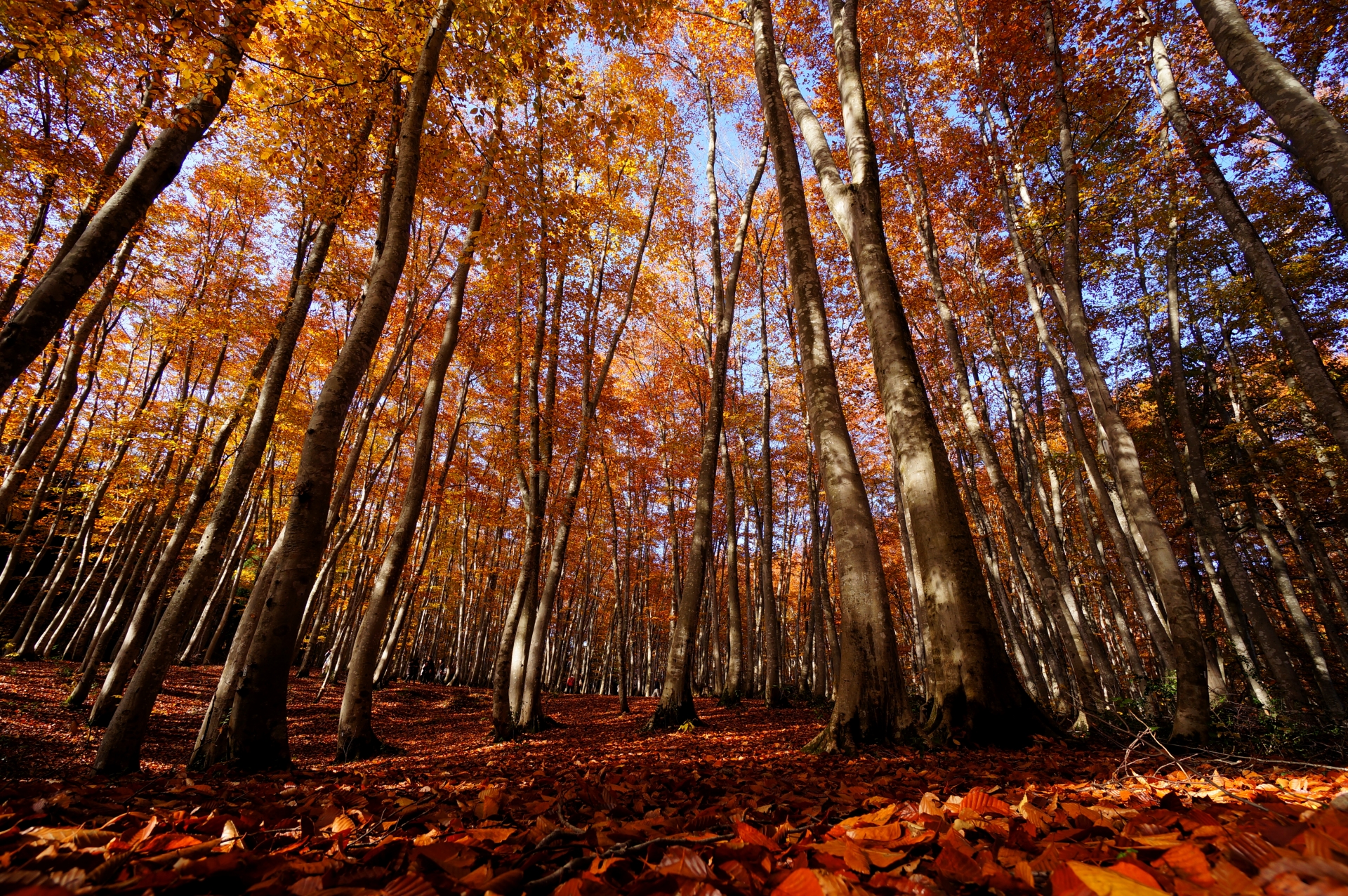
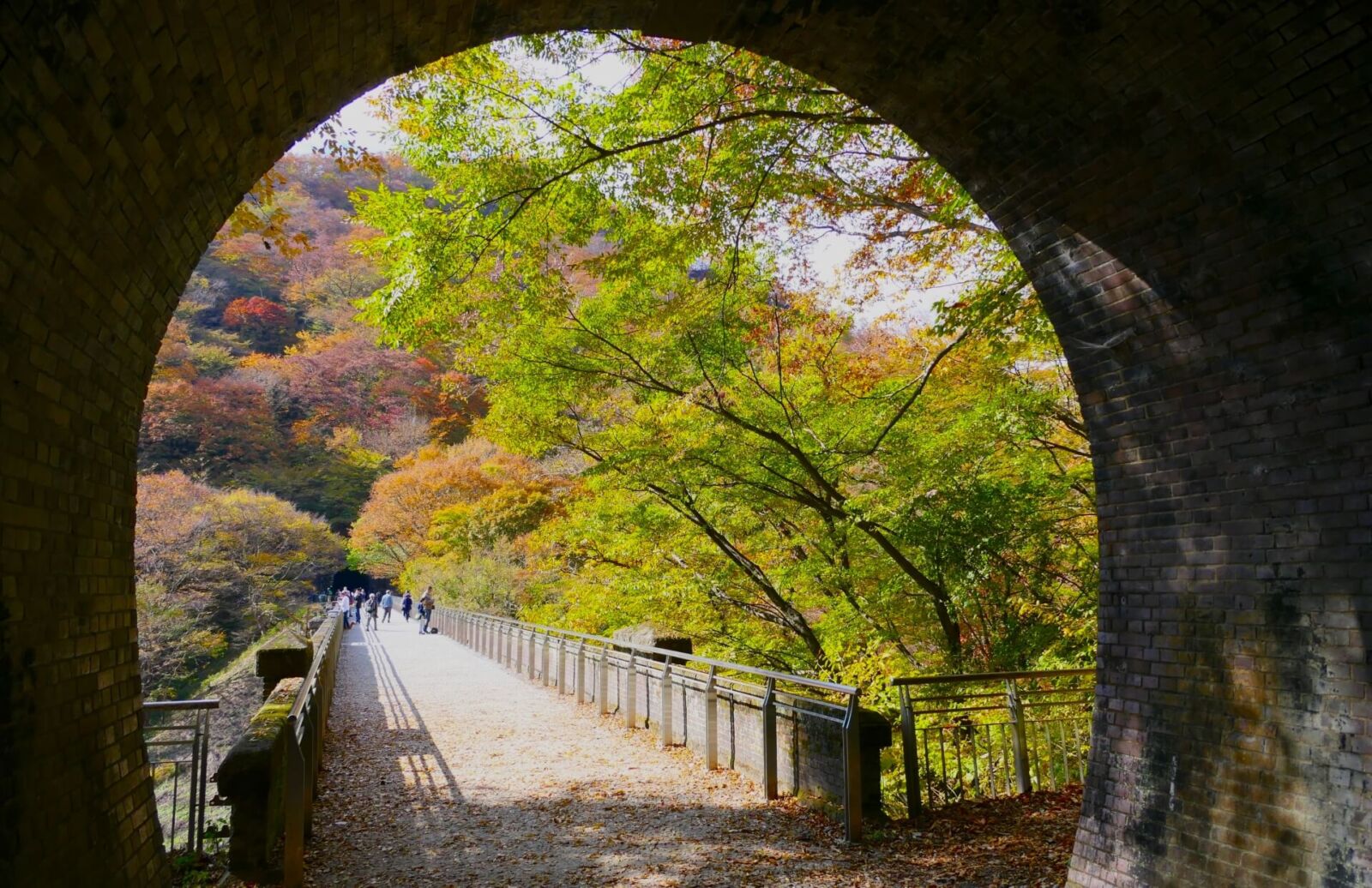
Walking the forest trails, you will discover the concept of ‘shinrin-yoku’ or ‘forest-bathing’, as the concerns of daily life are washed away. There is no better way to enjoy the seasonal beauty of Central Japan than by wandering through the purifying air of its ancient forests.
A Place of Tradition, Comfort, & Calm
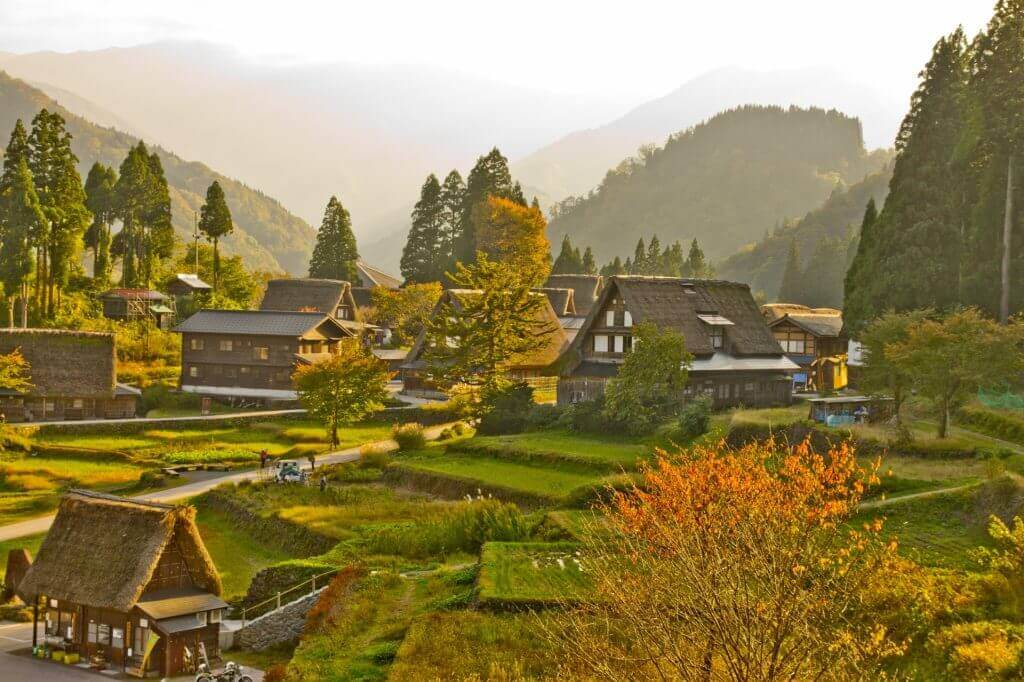
Perhaps the greatest allure of Central Japan is its preservation of tradition and culture. Here, you’ll find ryokan (traditional Japanese inns) where you can stay in tatami-matted rooms, wear yukata (casual kimono), and enjoy multi-course kaiseki meals that showcase seasonal and local ingredients. In many ryokan, the evening experience concludes with a quiet soak in a private onsen, offering a moment of solitude and reflection.
From the way tea is served to the courteous interactions between hosts and guests, the Japanese concept of omotenashi (hospitality) permeates every part of life here. It’s an atmosphere of deep respect, comfort, and tranquility. For travelers seeking more than just sightseeing, Central Japan offers a place of immersion into the traditional heart of Japan, a journey into its serene landscapes and time-honored customs.
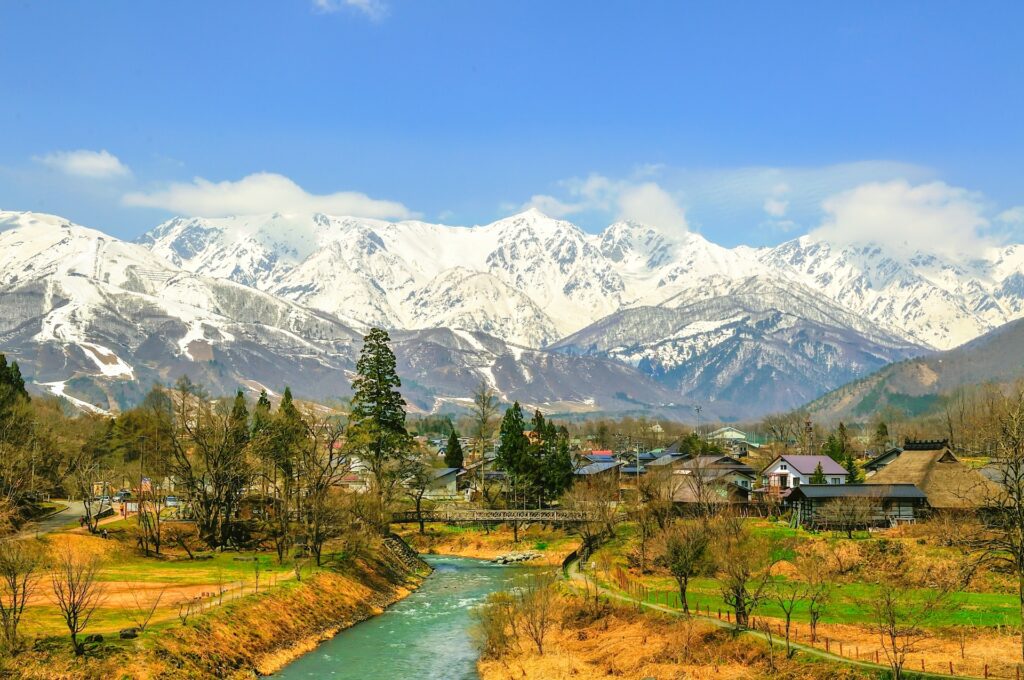
Every country and culture has a national heartland - a place, often a landscape, which embodies the character of its people. Known as 'satoyama' in Japanese, that landscape lies outside the cities, in rural villages surrounded by rice fields, forests and mountains where tradition lives on.
In many ways, the landscape and lifestyles of Central Japan capture that spirit, living examples of satoyama and repositories of tradition.
A visit to Central Japan is an escape from the city and the stress of daily life. It is here you can find the space to breathe, to walk and explore, to indulge and unwind in Japan's mountainous heartland.
For further information including specific destinations in Central Japan, please refer to our 'Recommended Outdoor Destinations' page.
Snow Monkey Resorts: Nagano's No.1 tour and charter operator
When planning and booking your trip to Central Japan, it's important that you can do so with confidence that your intended destinations will be both enjoyable and safe. As Nagano's No.1-rated tour and charter operator, we offer a range of services including group tours, private tours and private charters to help you get the most out of your time in the region.
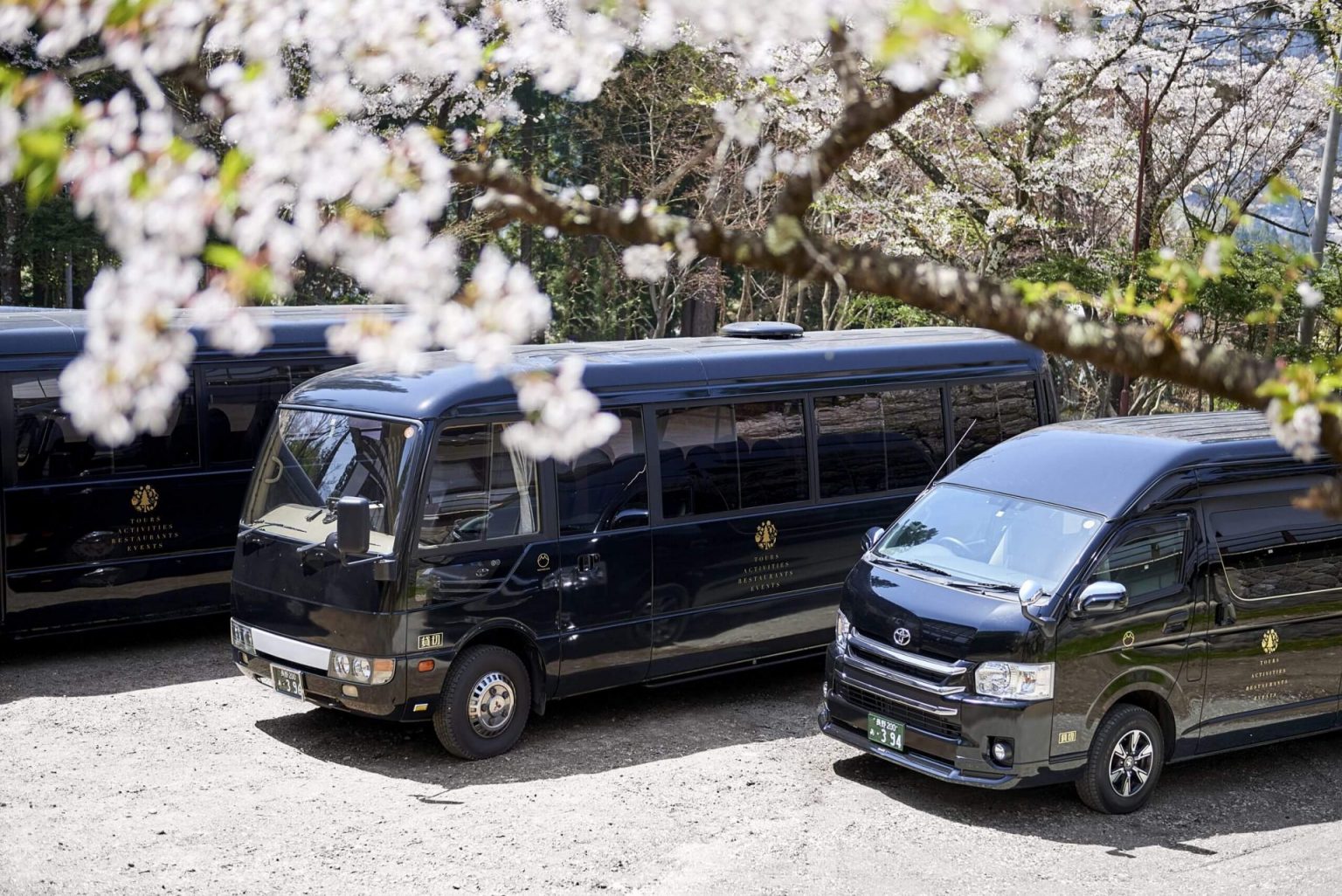
We can arrange transport to and from any destination in the region, with a customised itinerary to suit your travel needs. Our drivers and vehicles are fully certified, allowing us to transport you to and from any destinations in comfort and safety.
We can arrange both private tours with an English-speaking guide or a private charter, including a private vehicle and driver but without a guide.
Why choose us?
Got a question about visiting Central Japan? Feel free to contact us and let’s get planning together!















